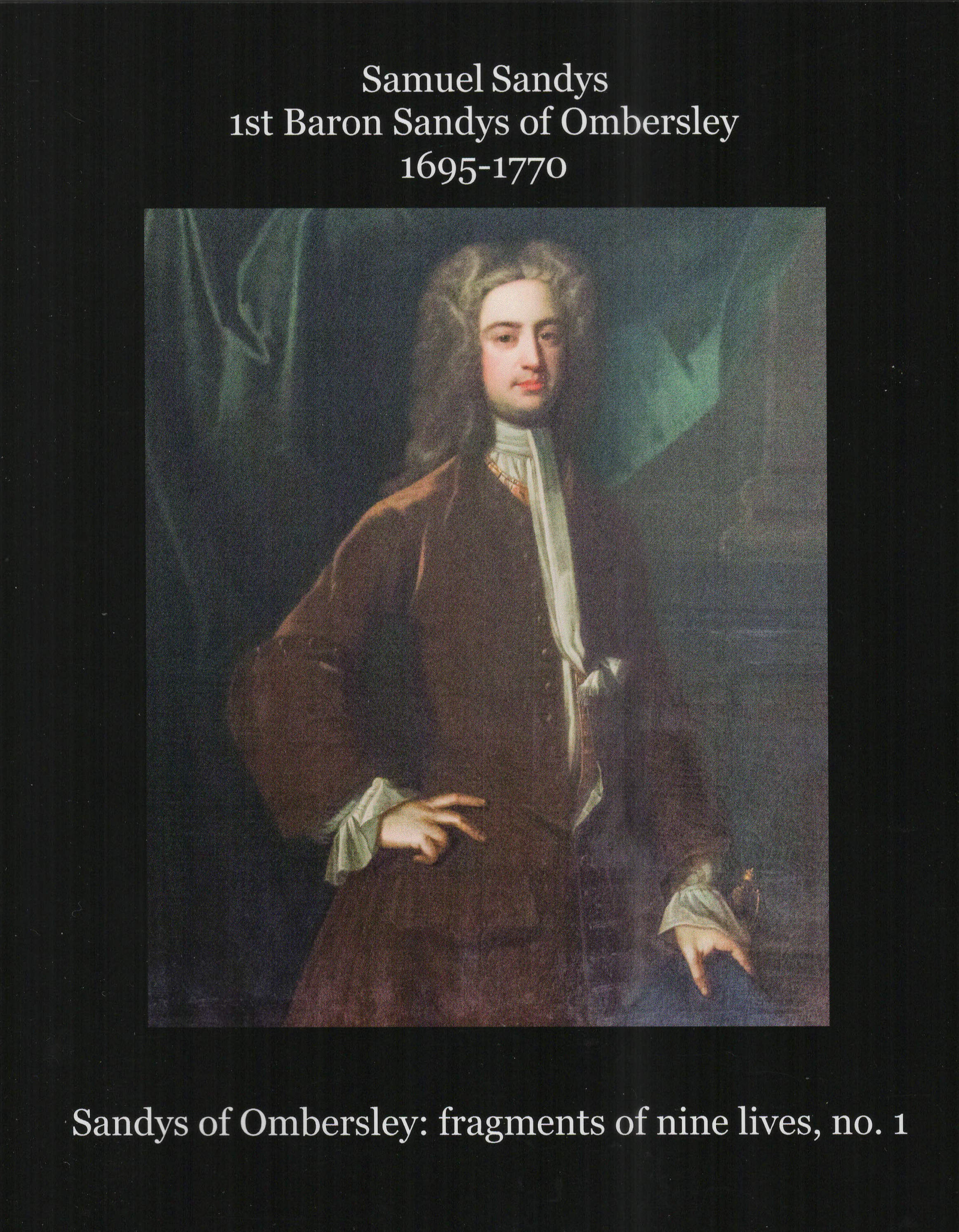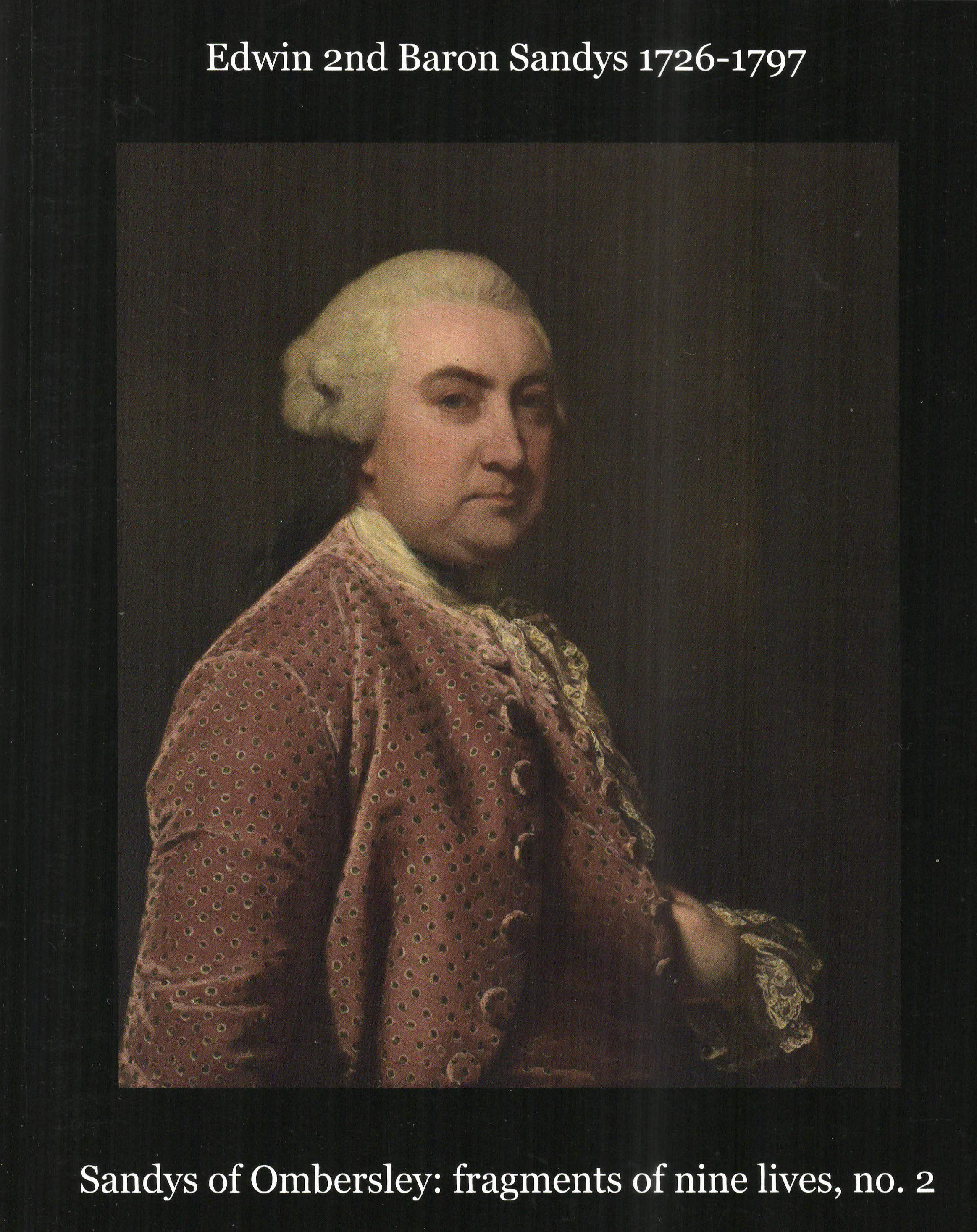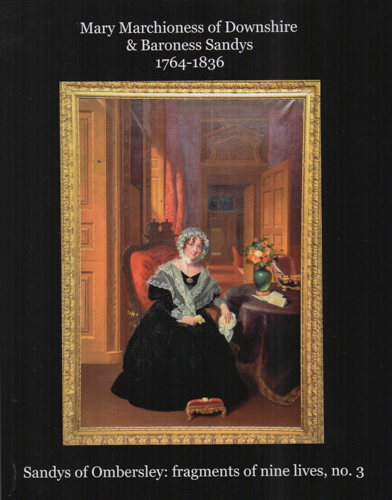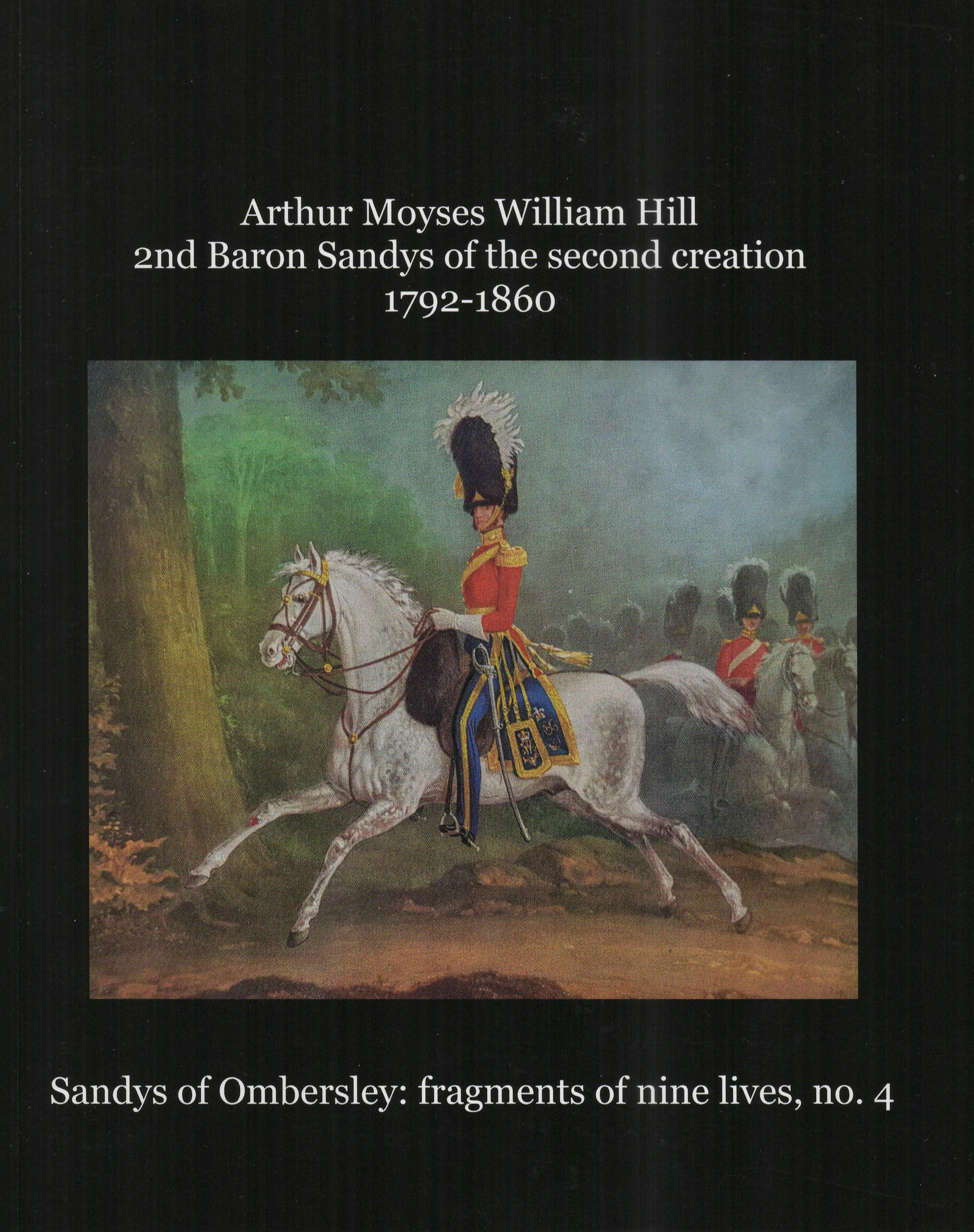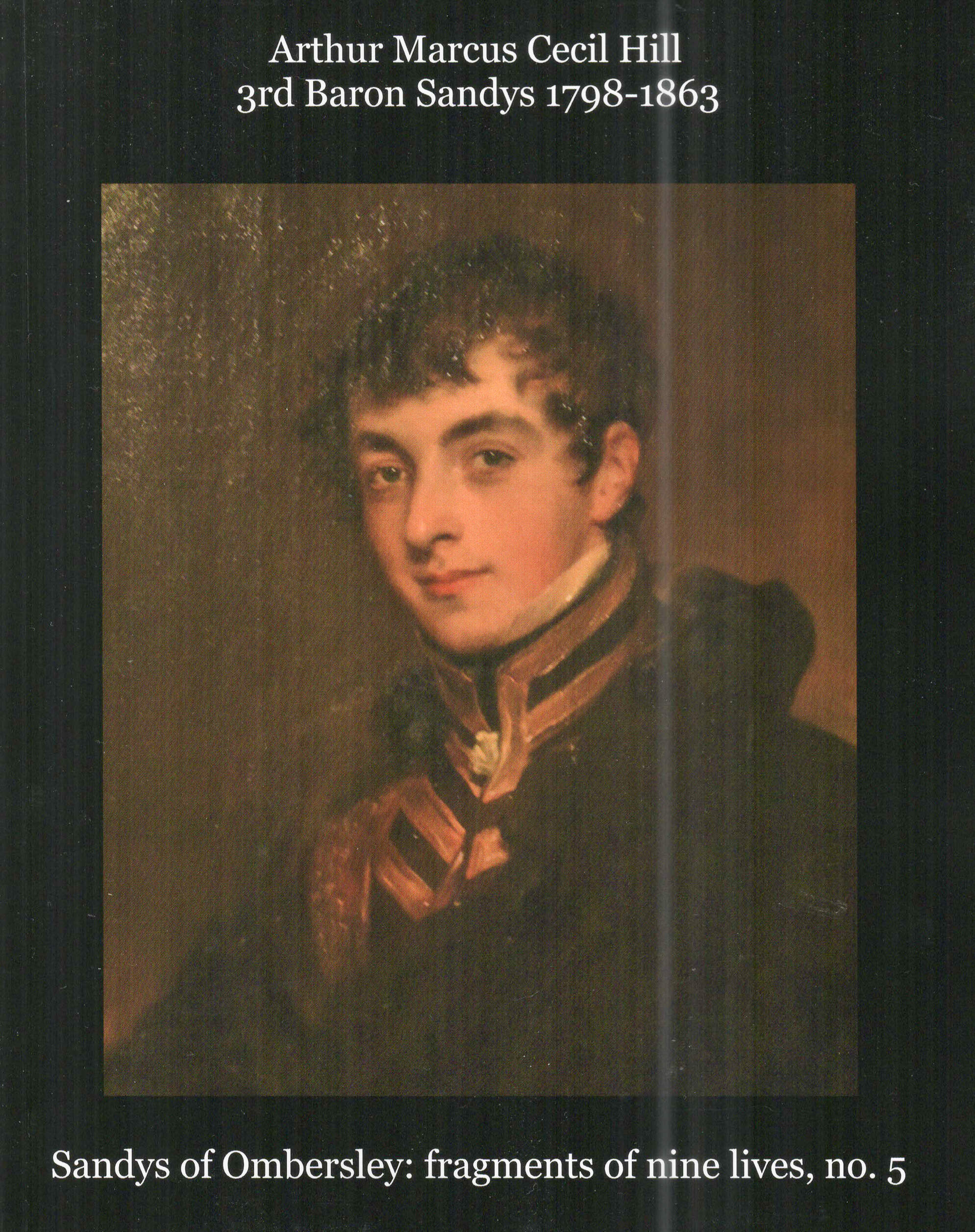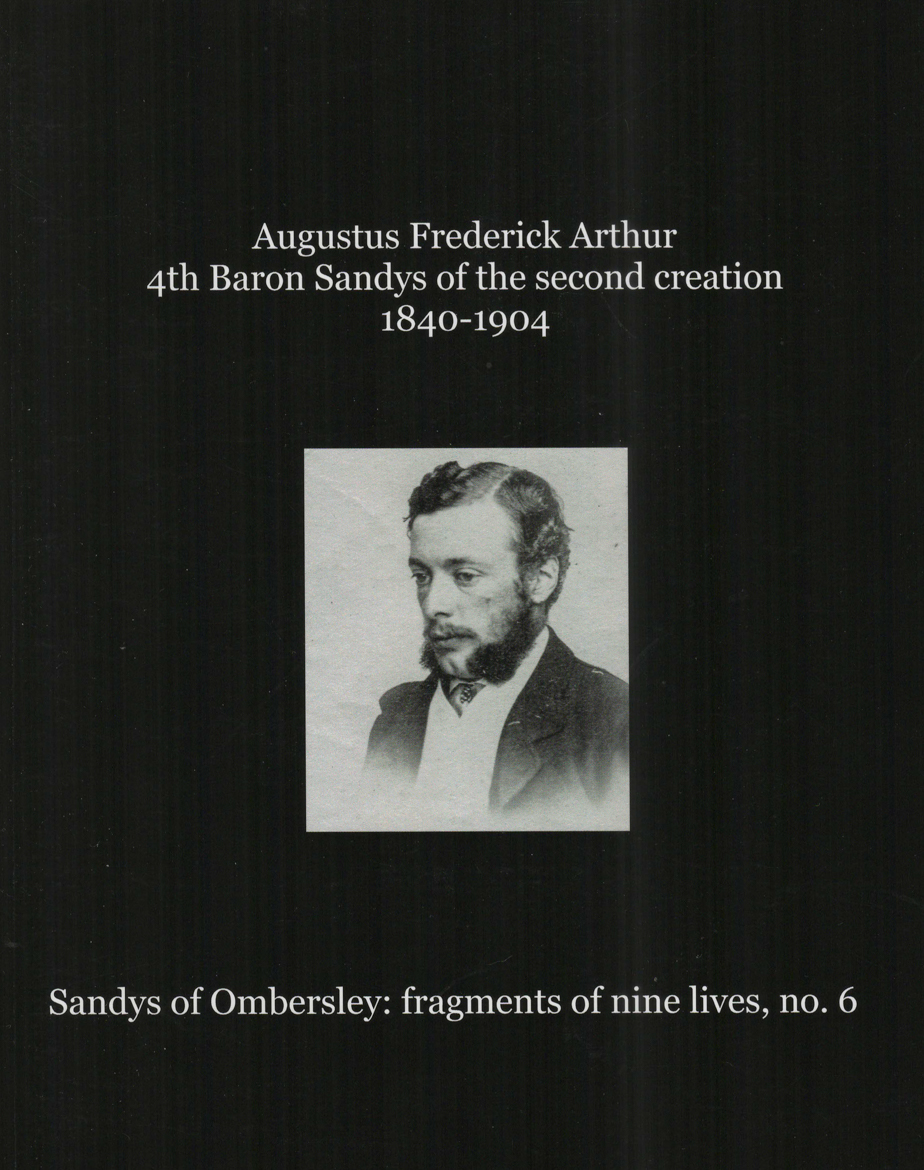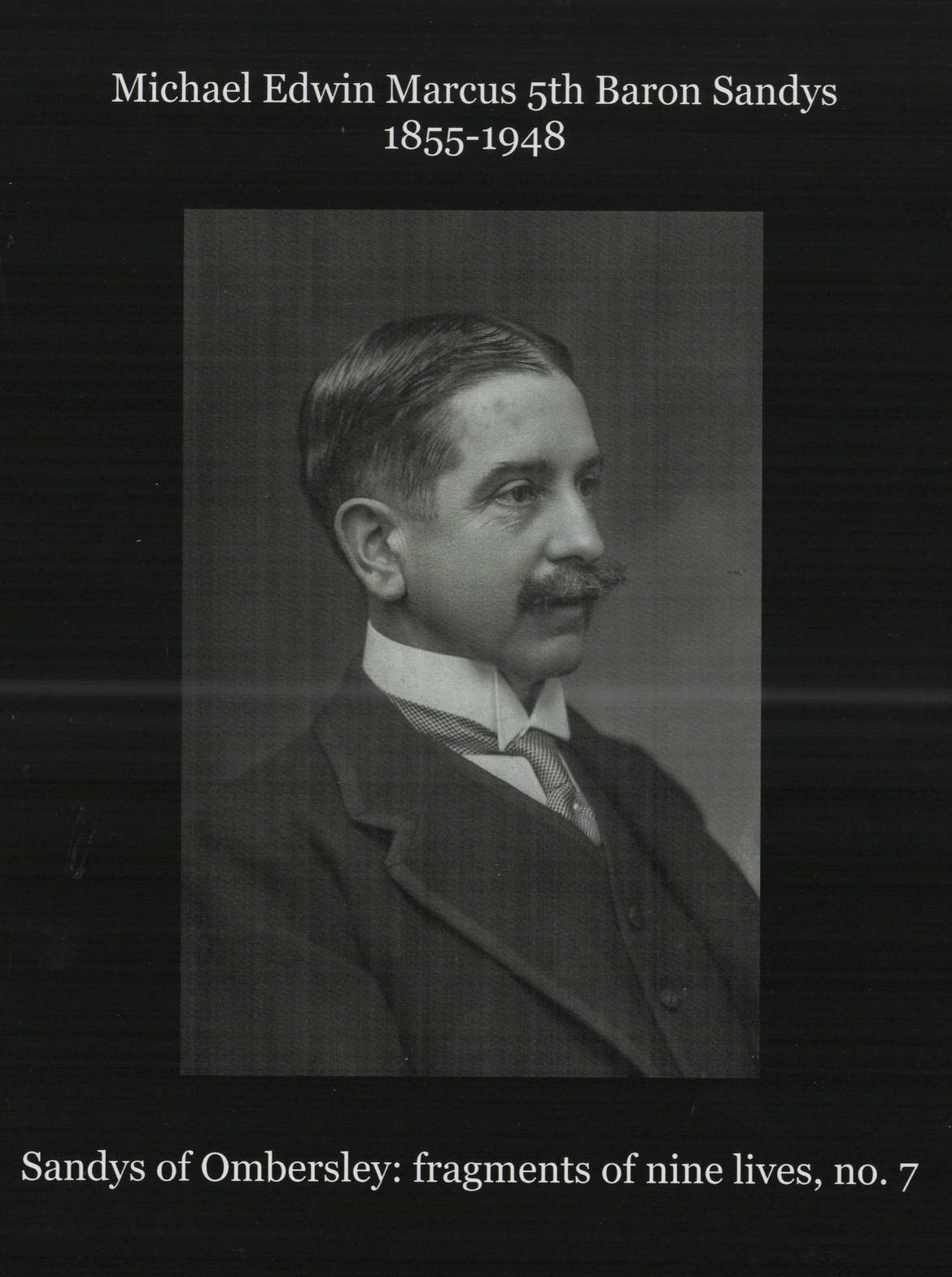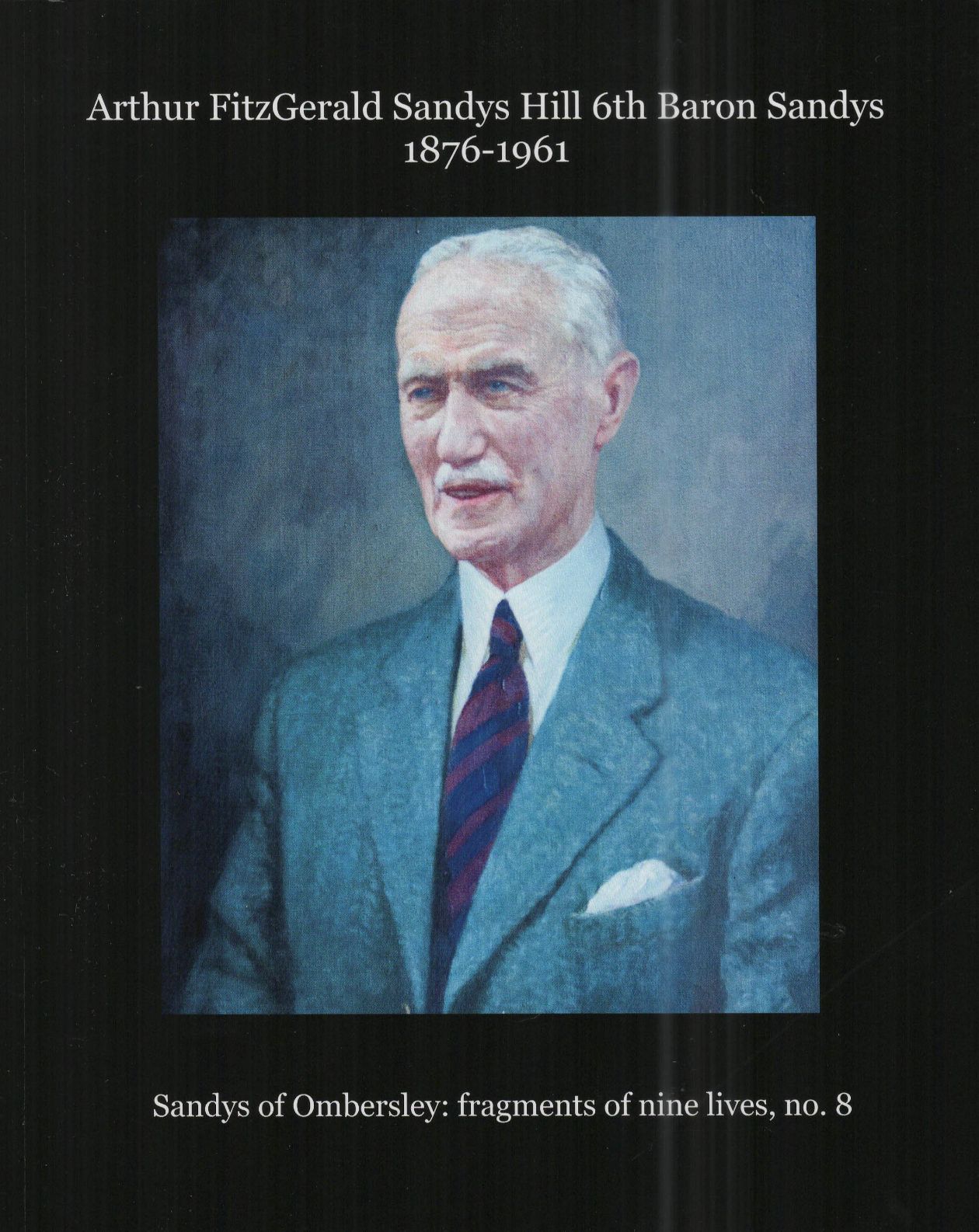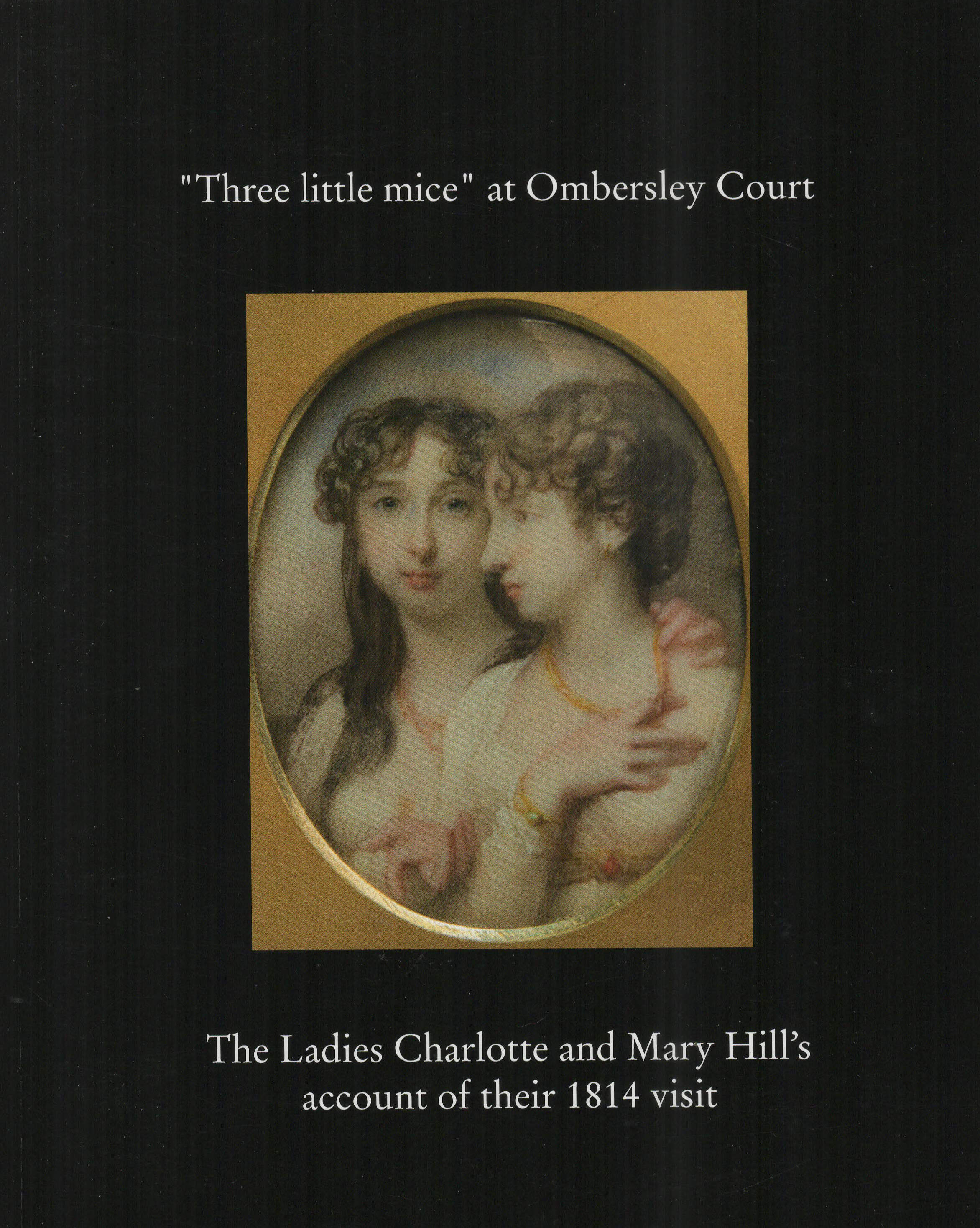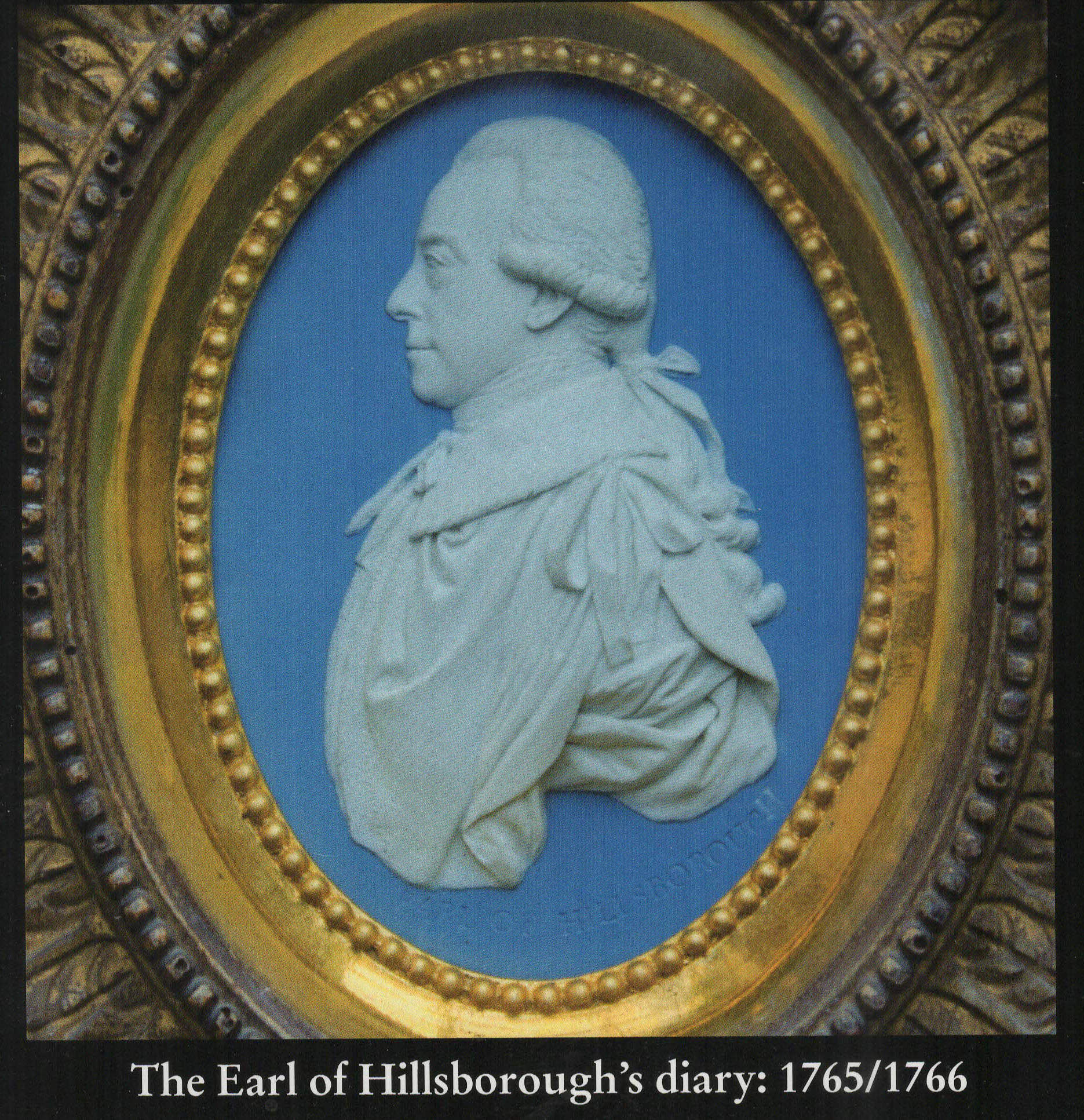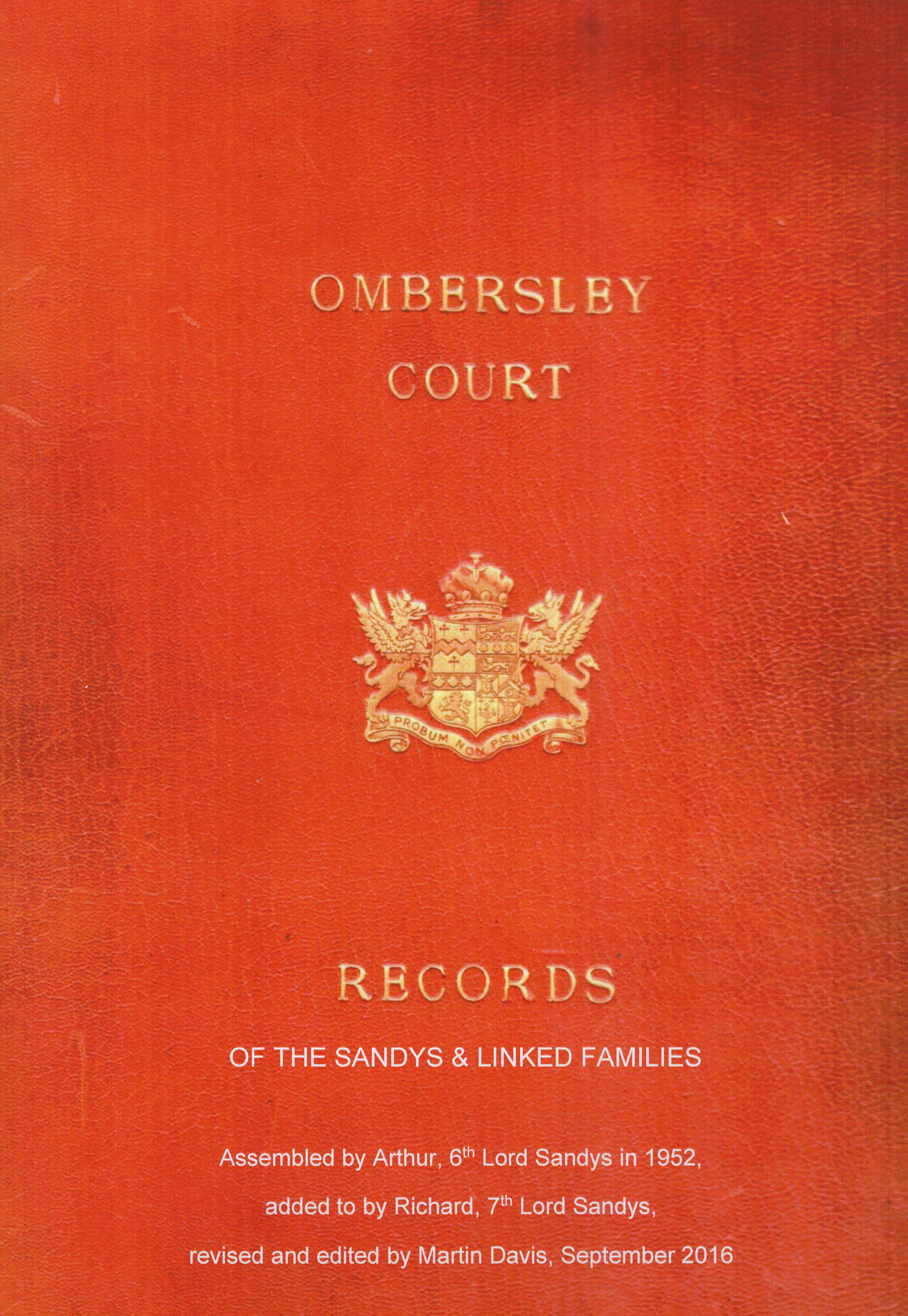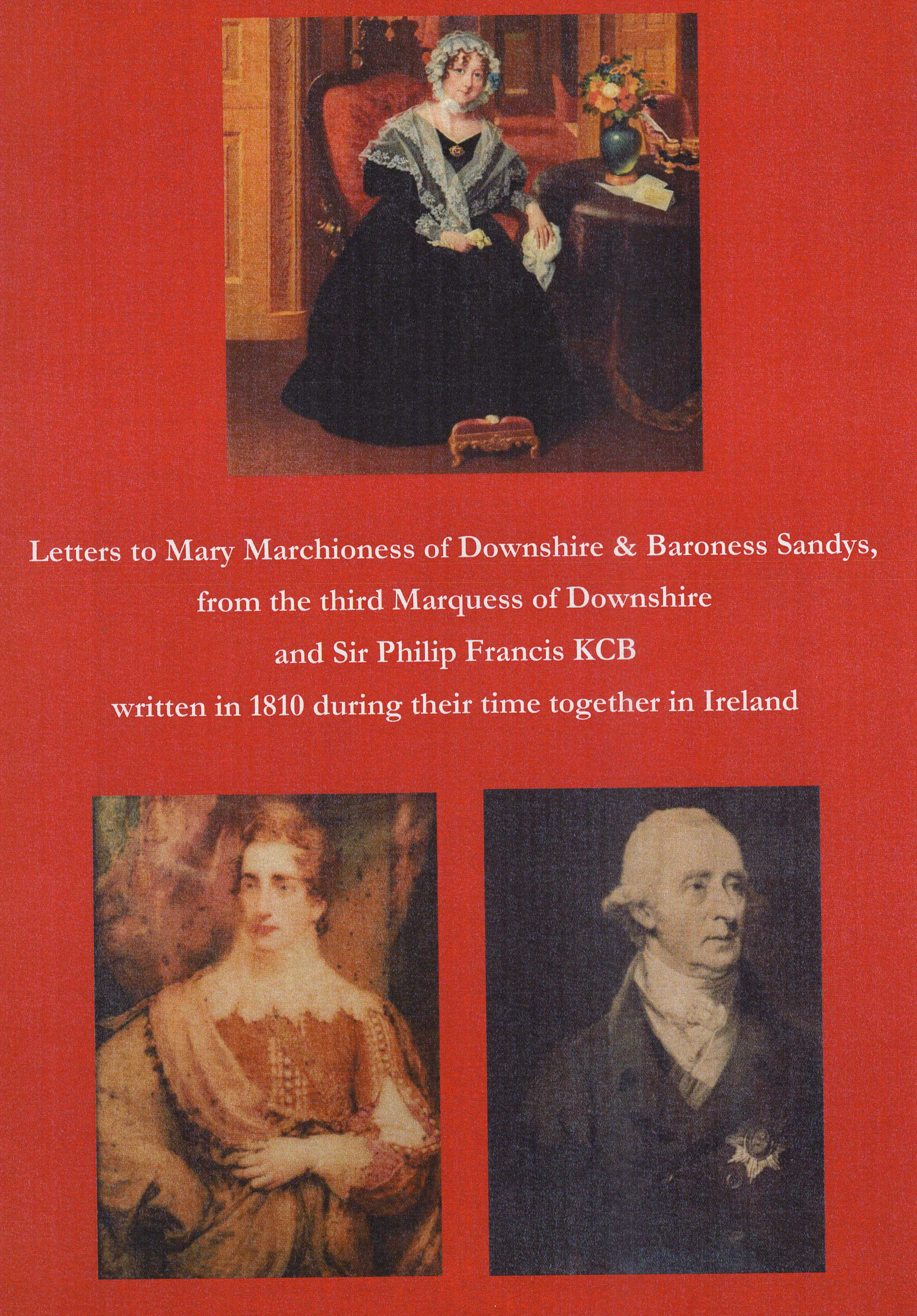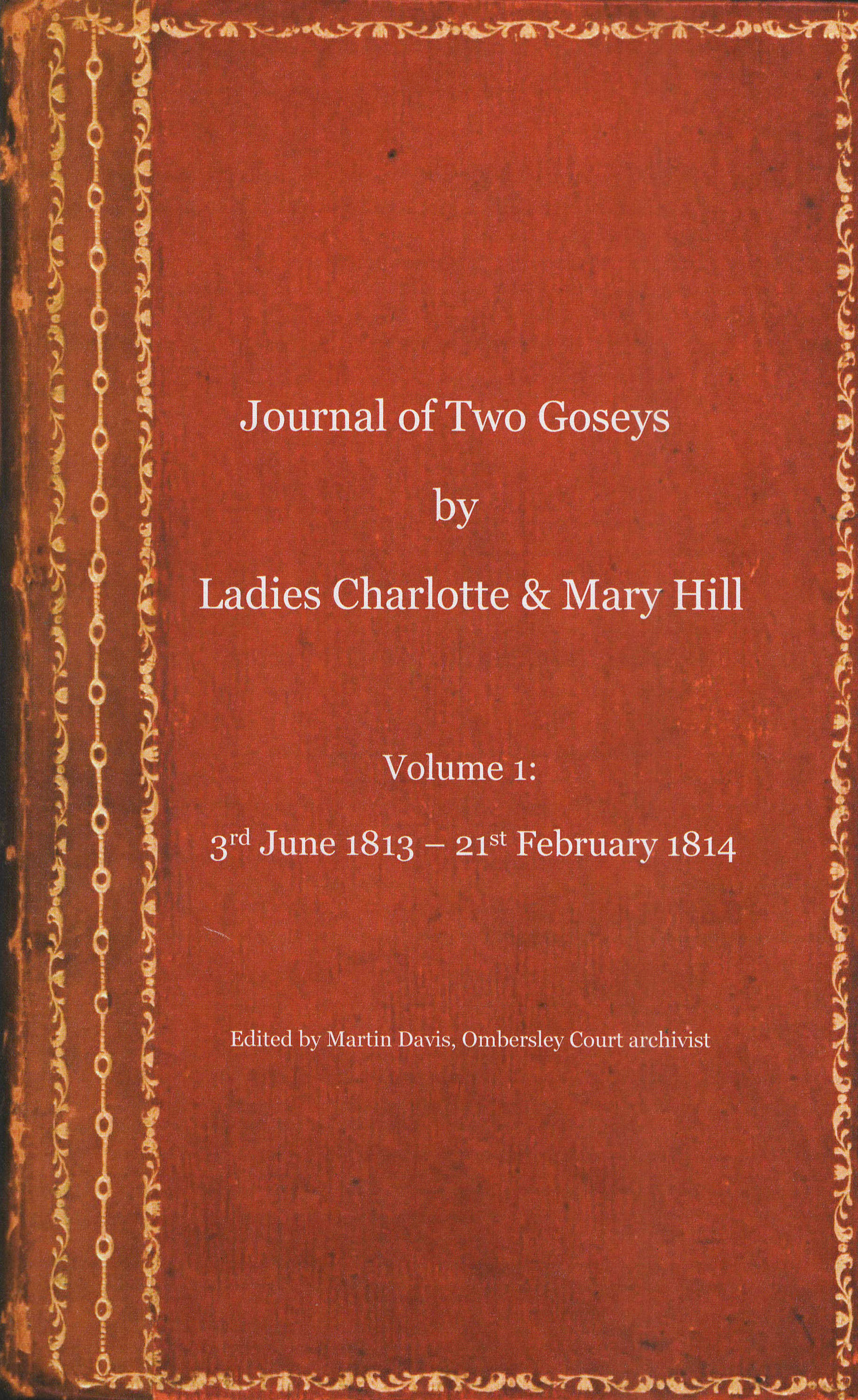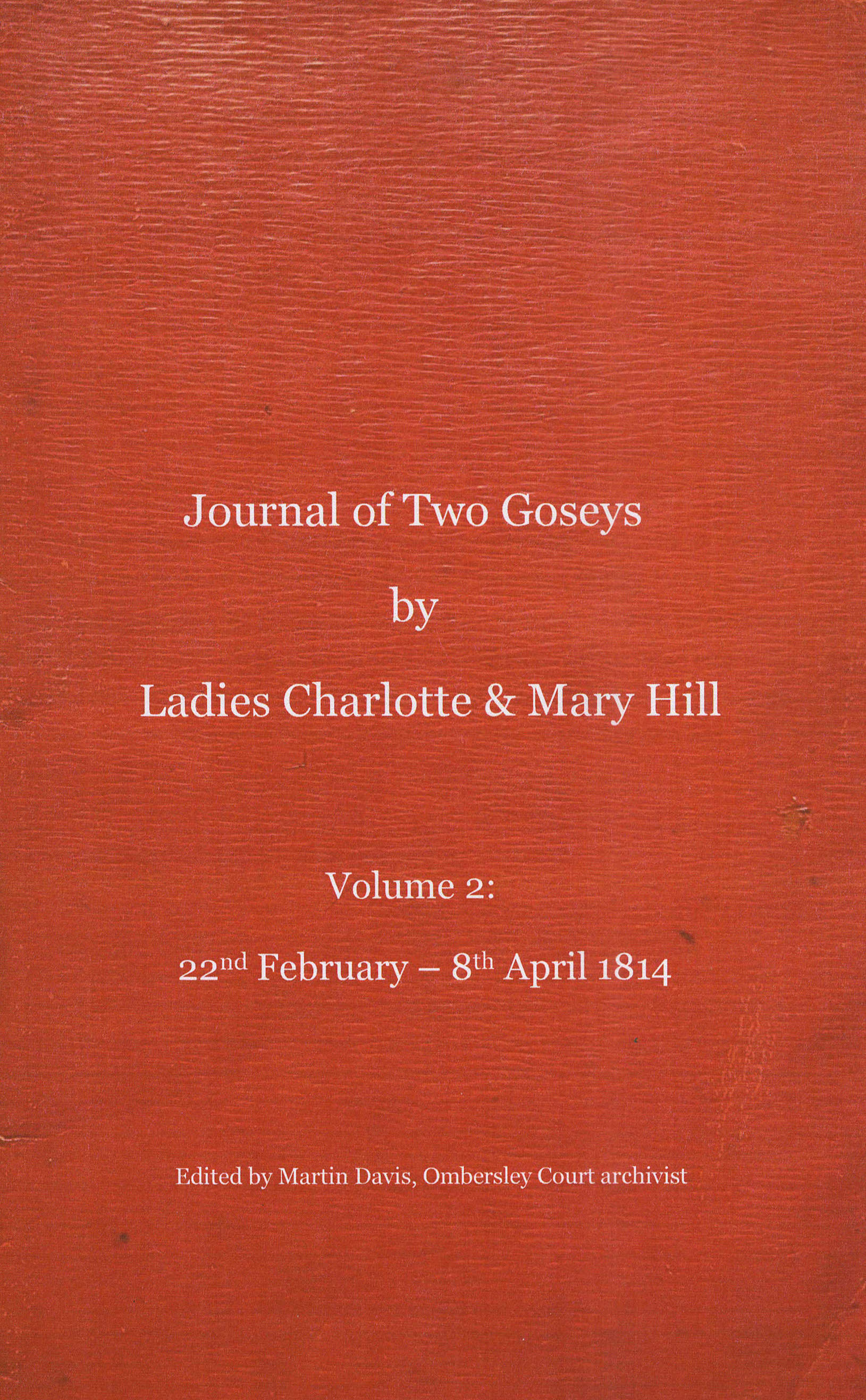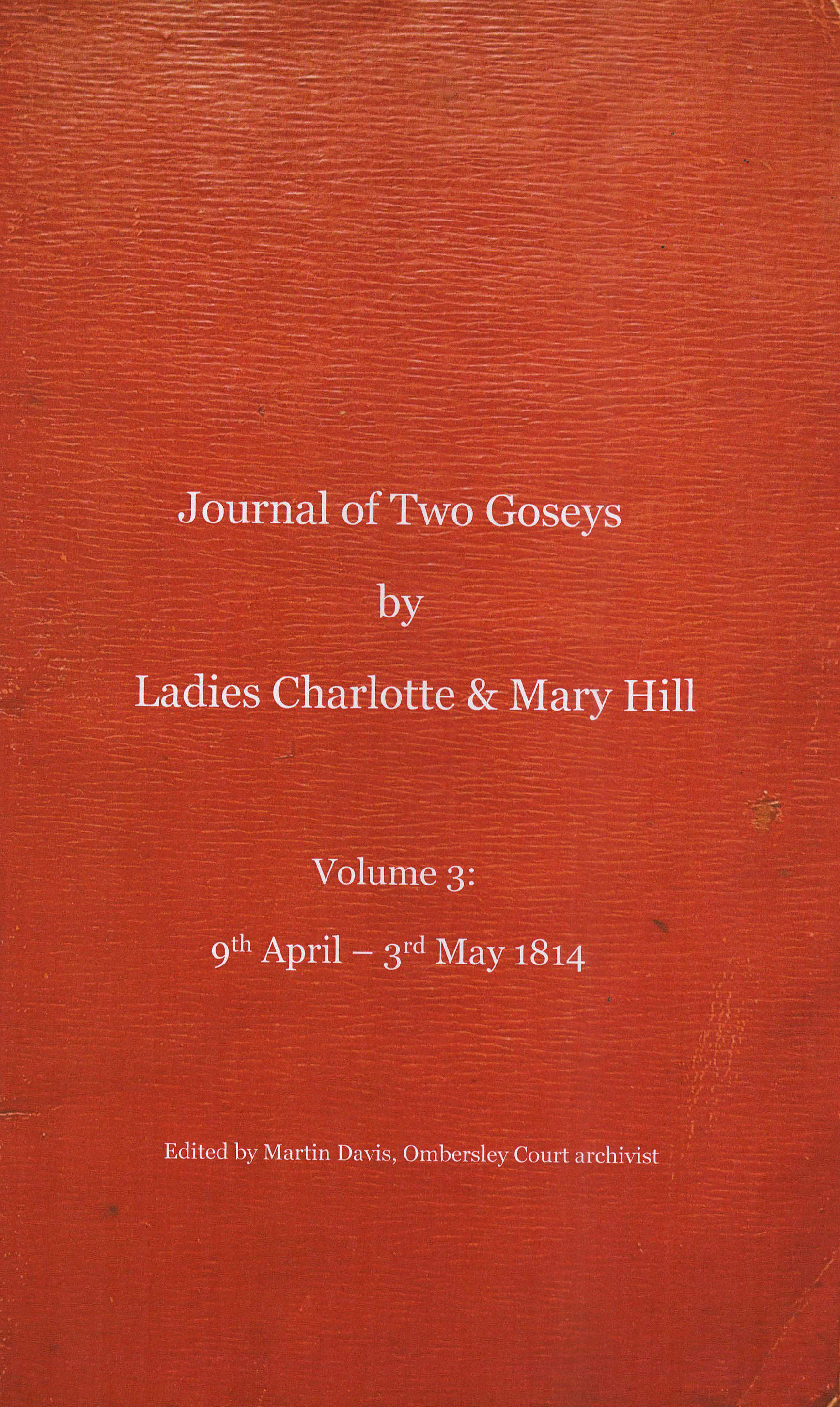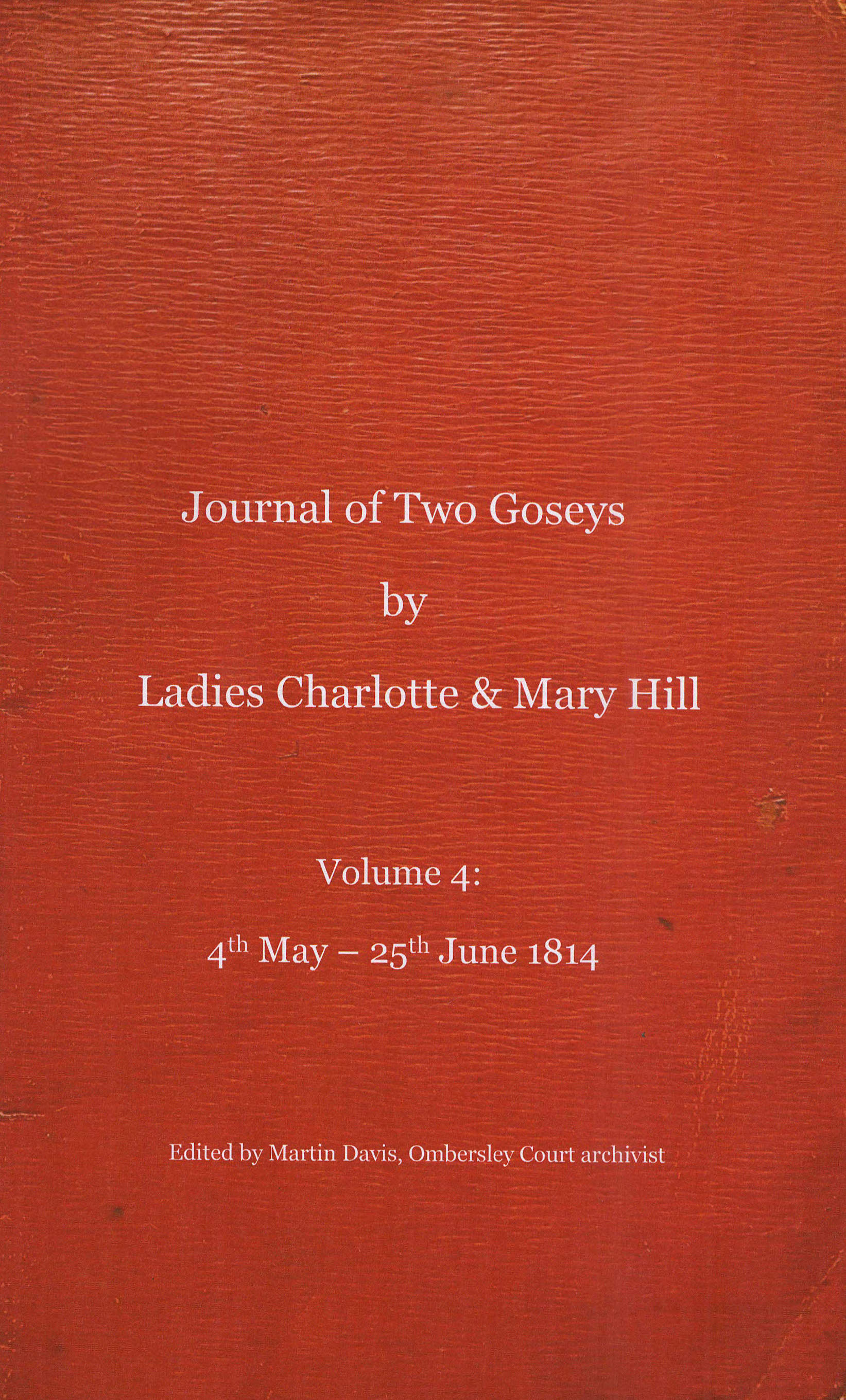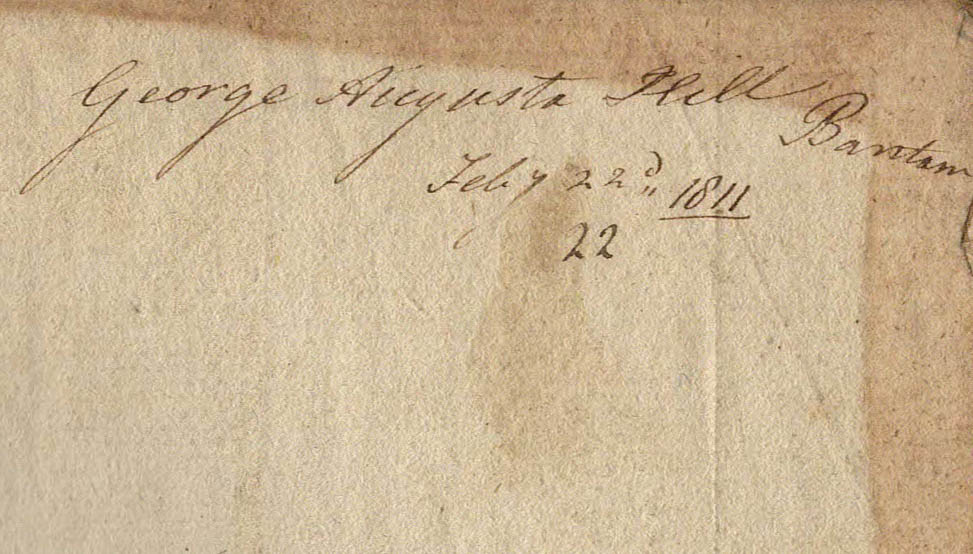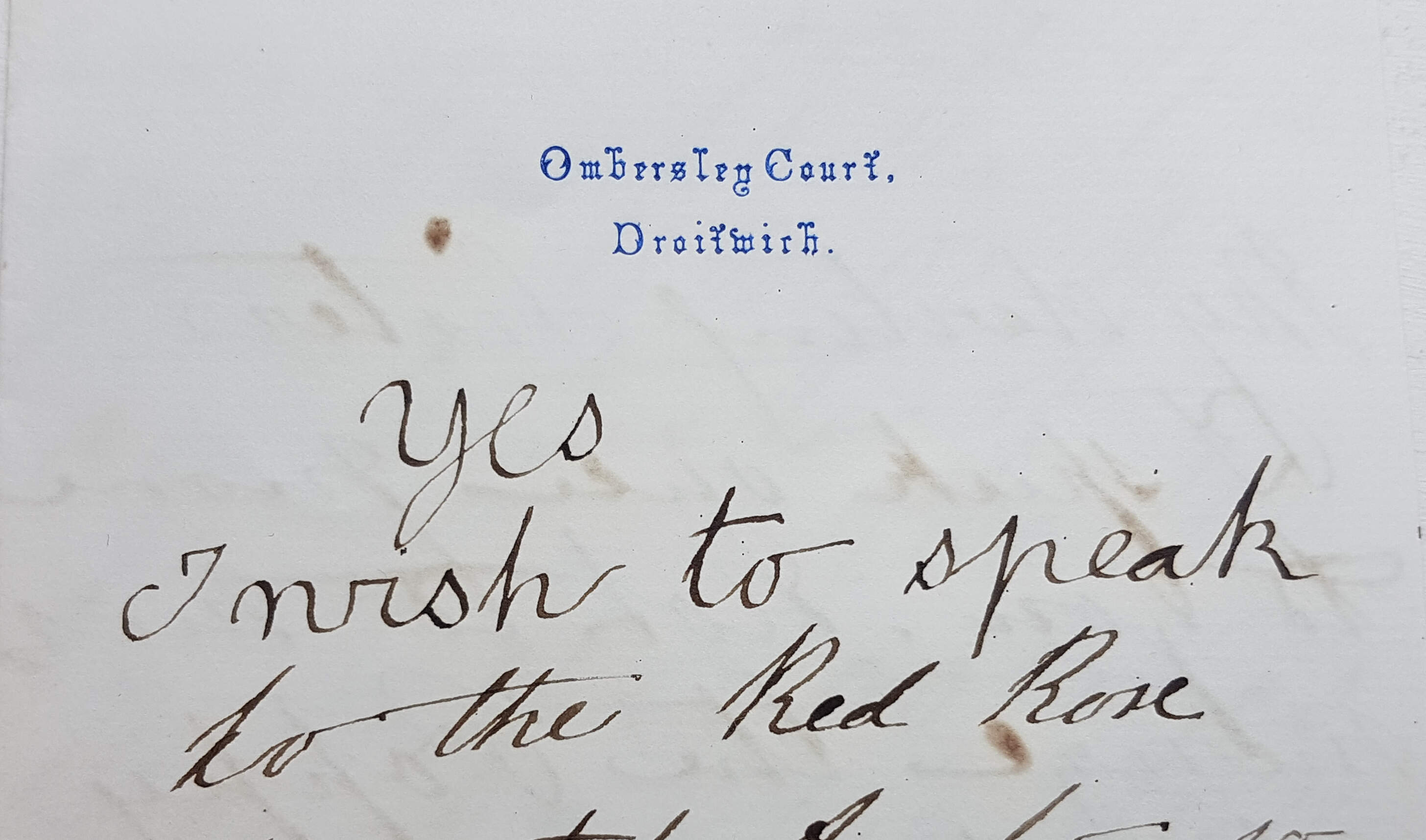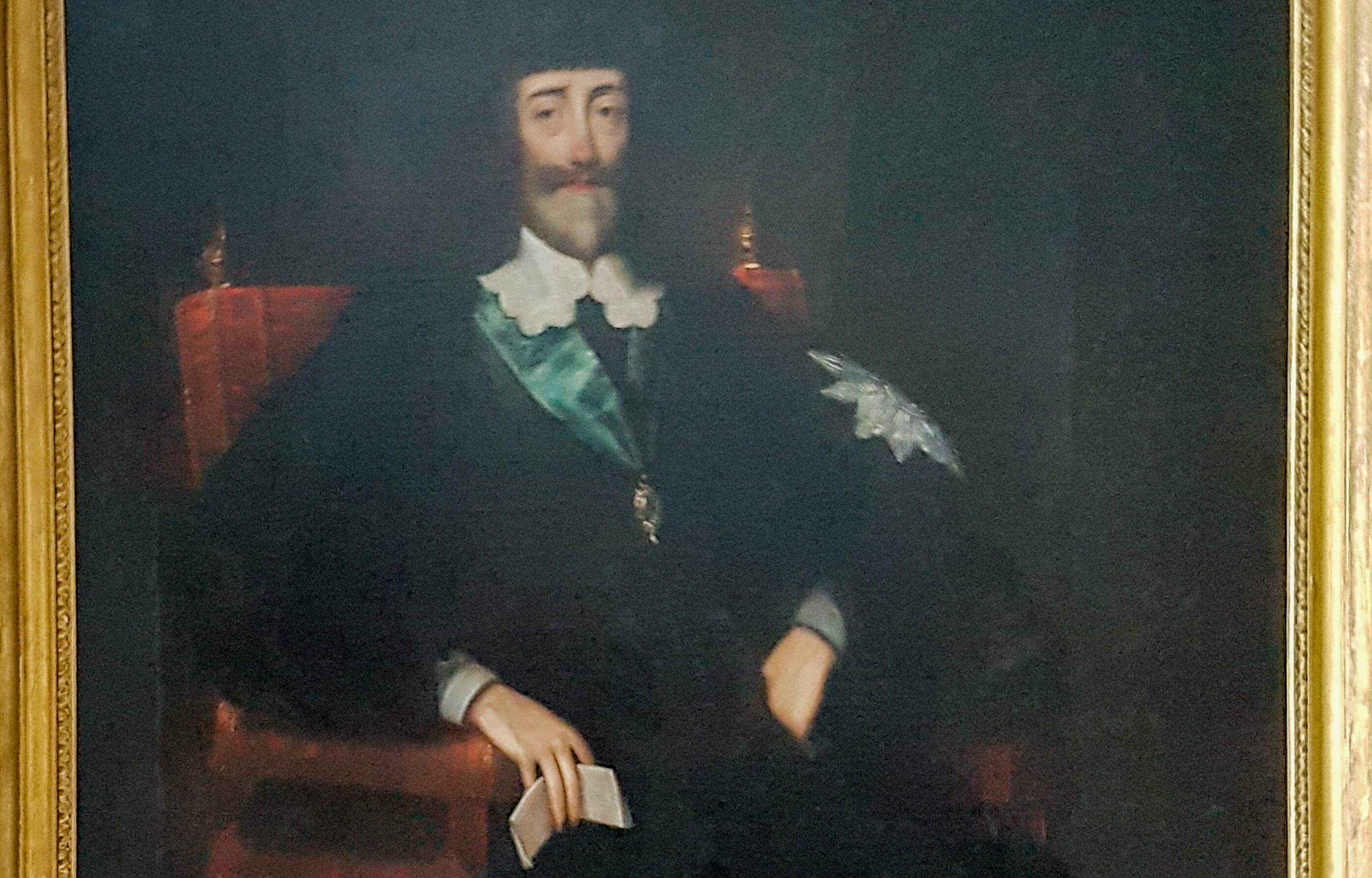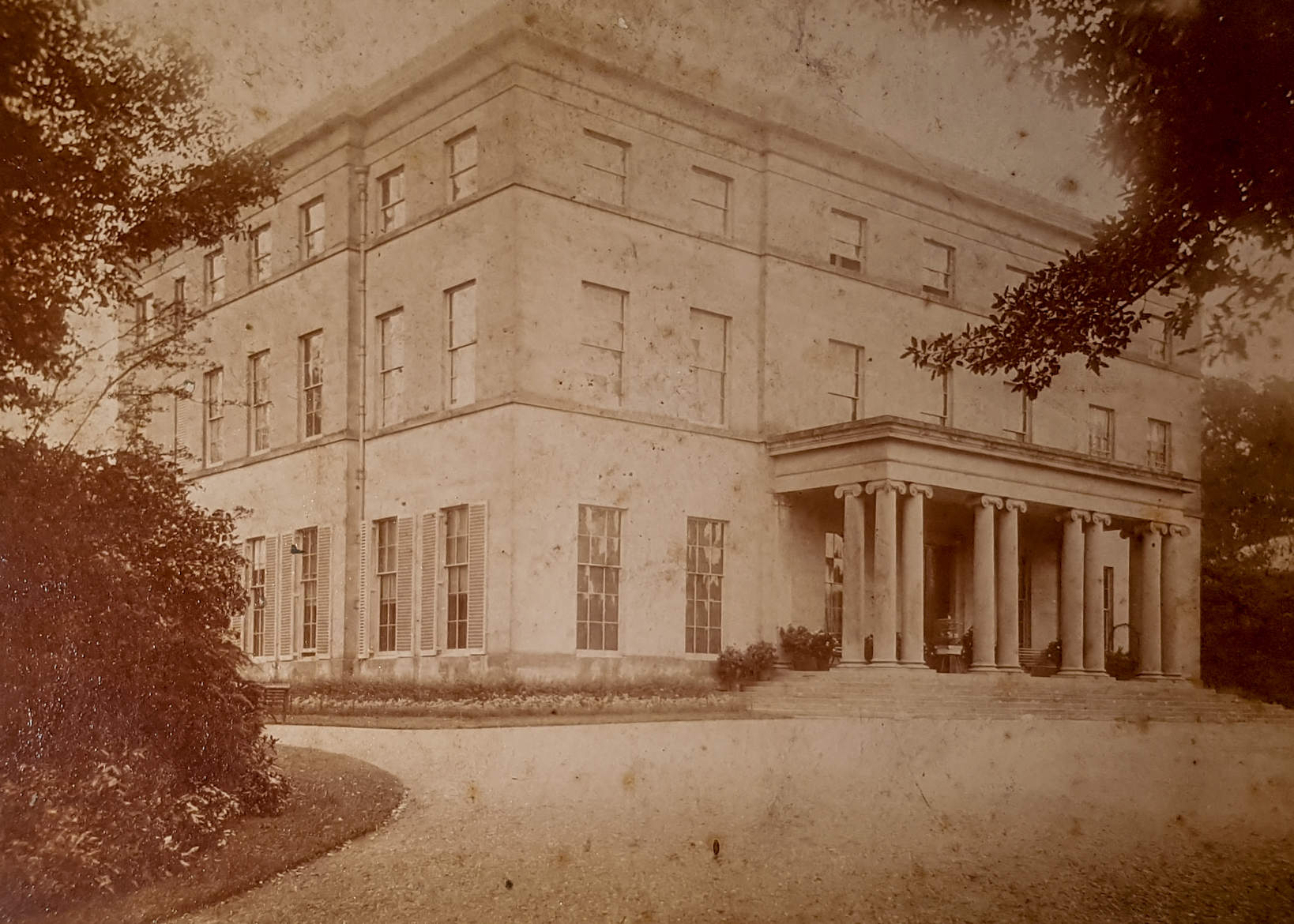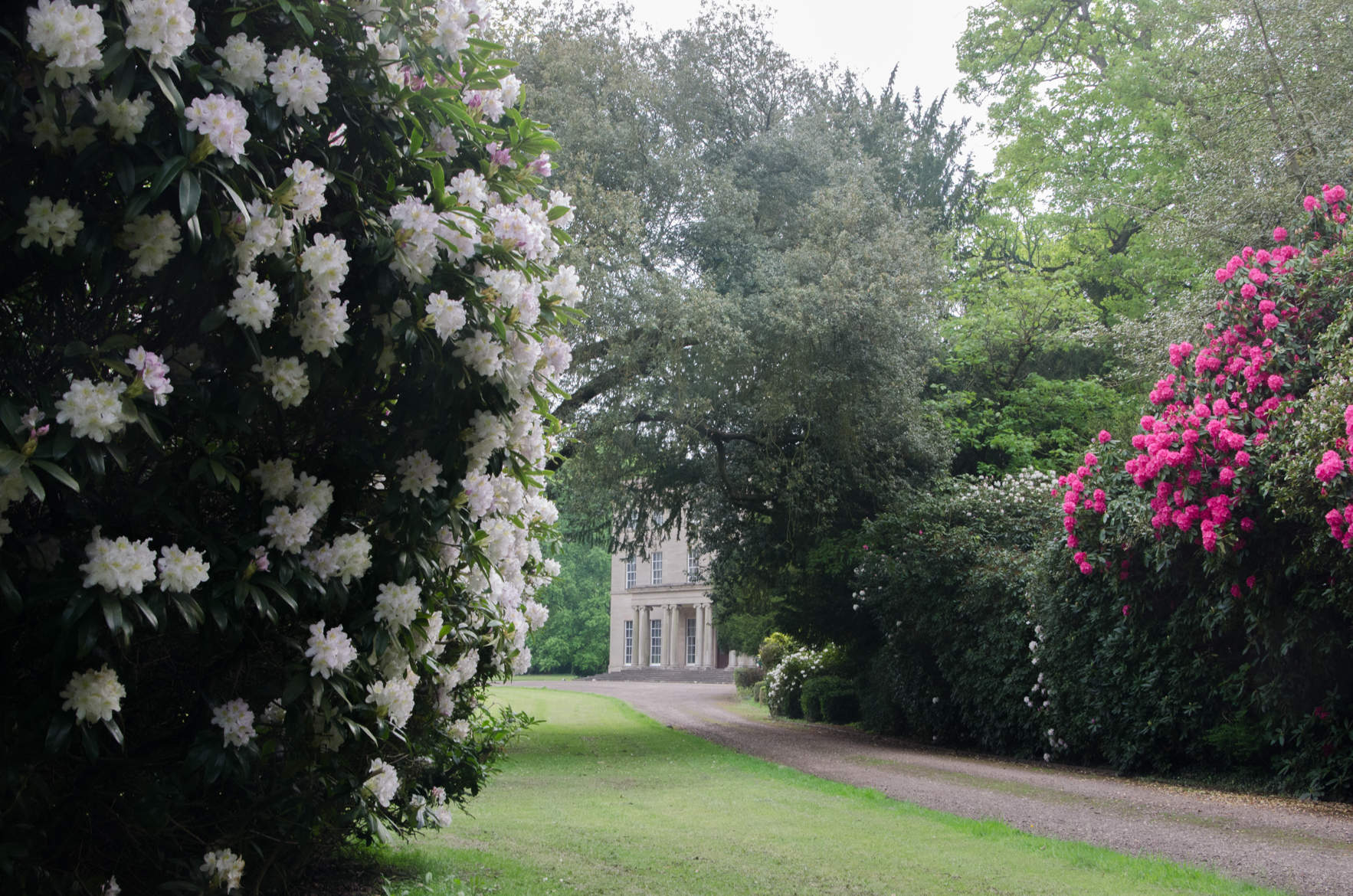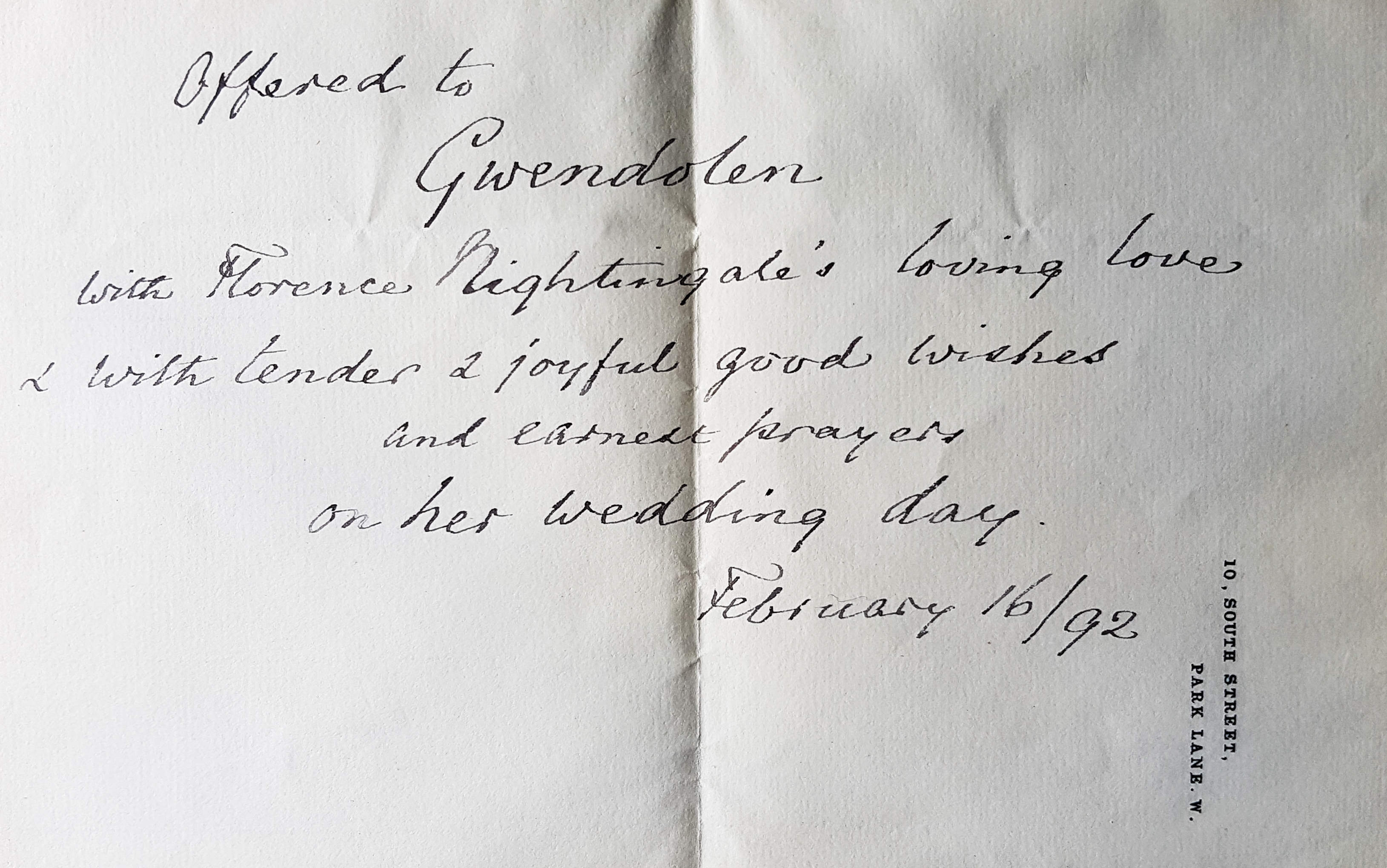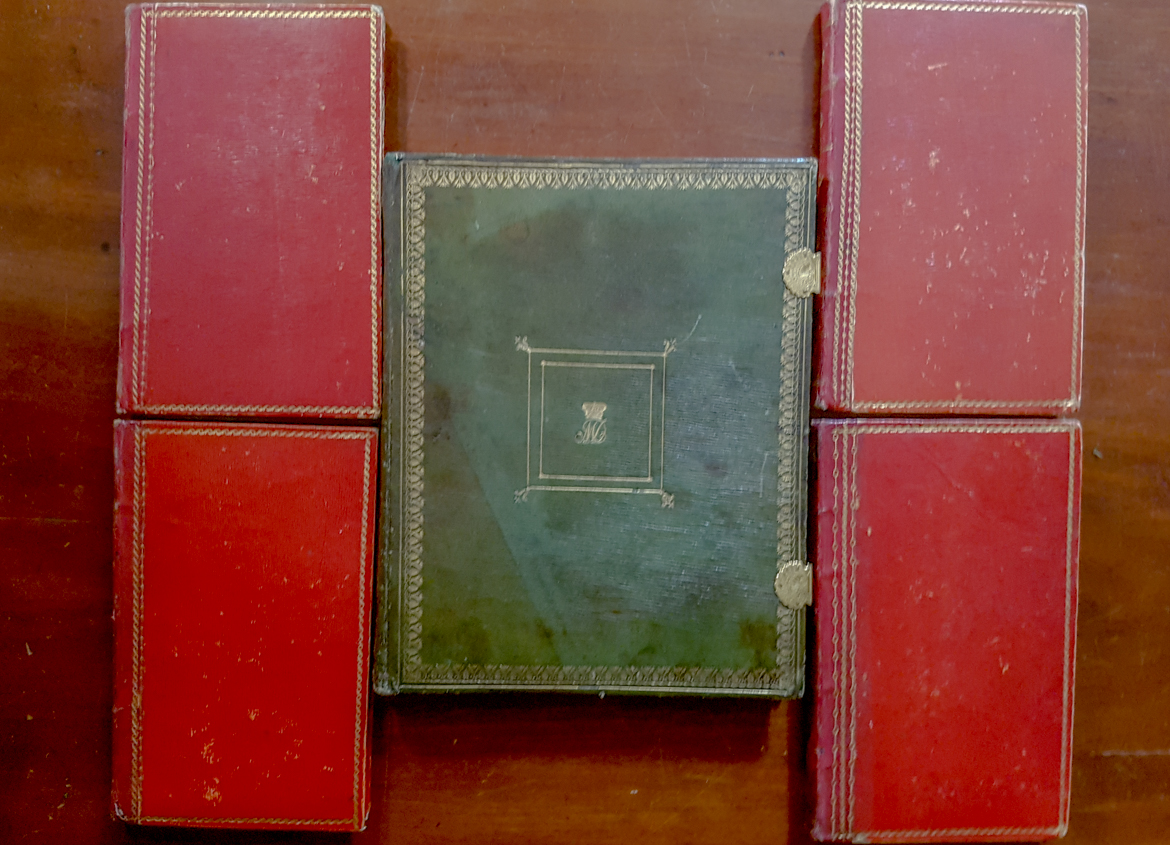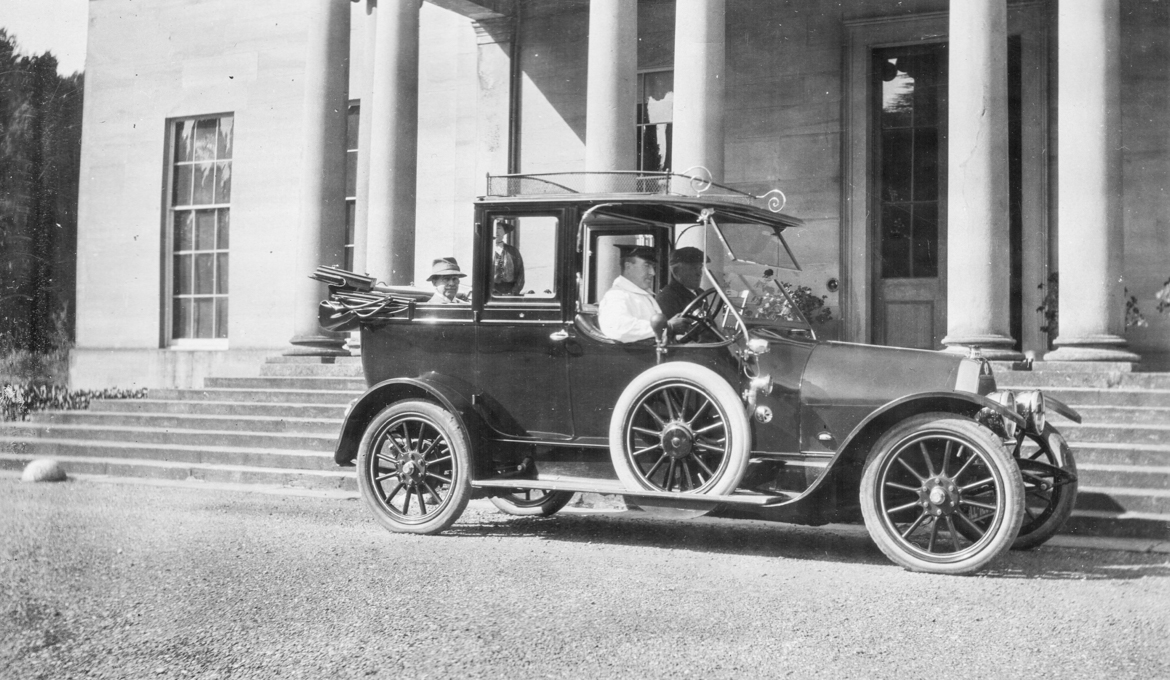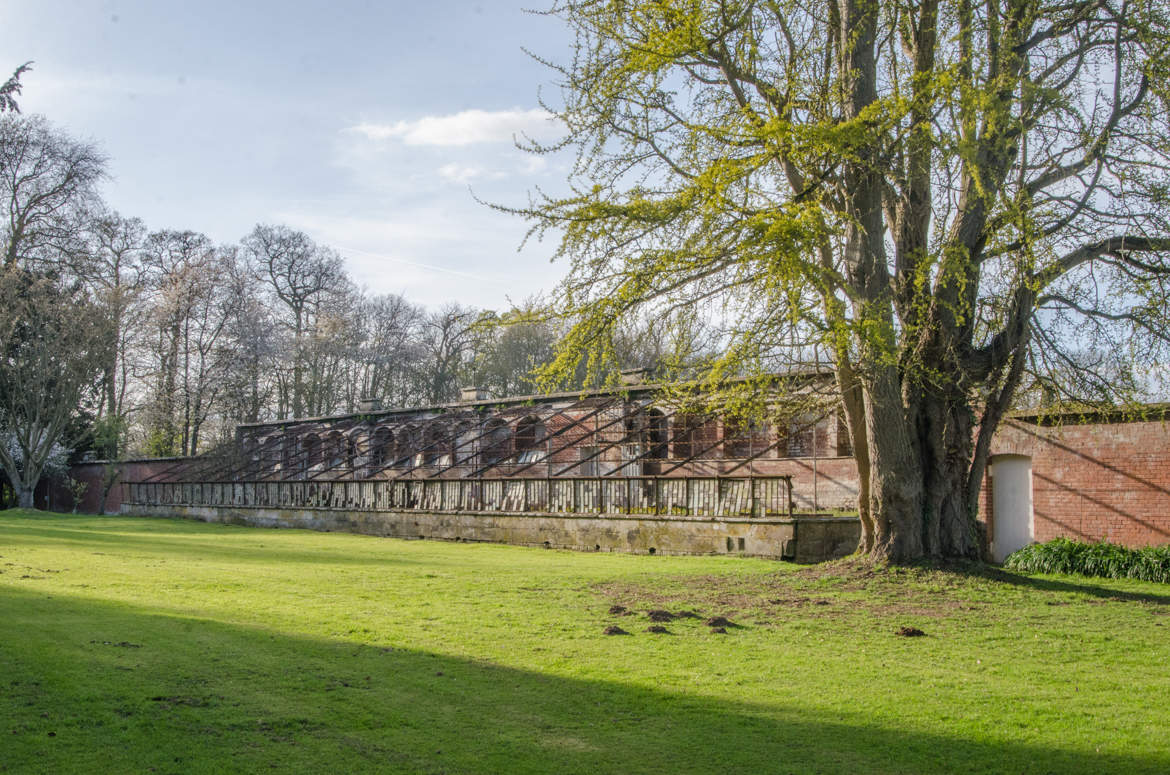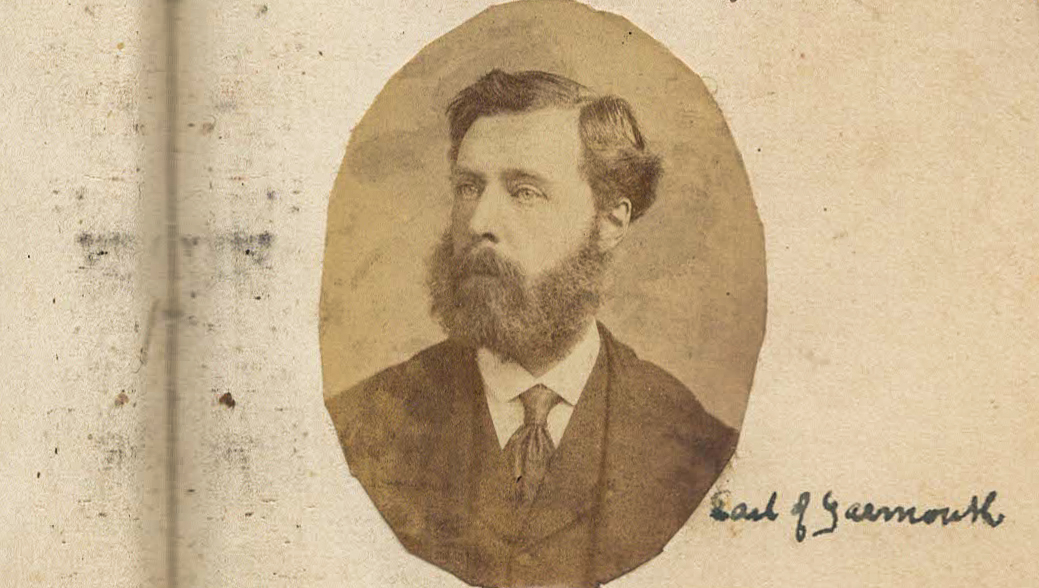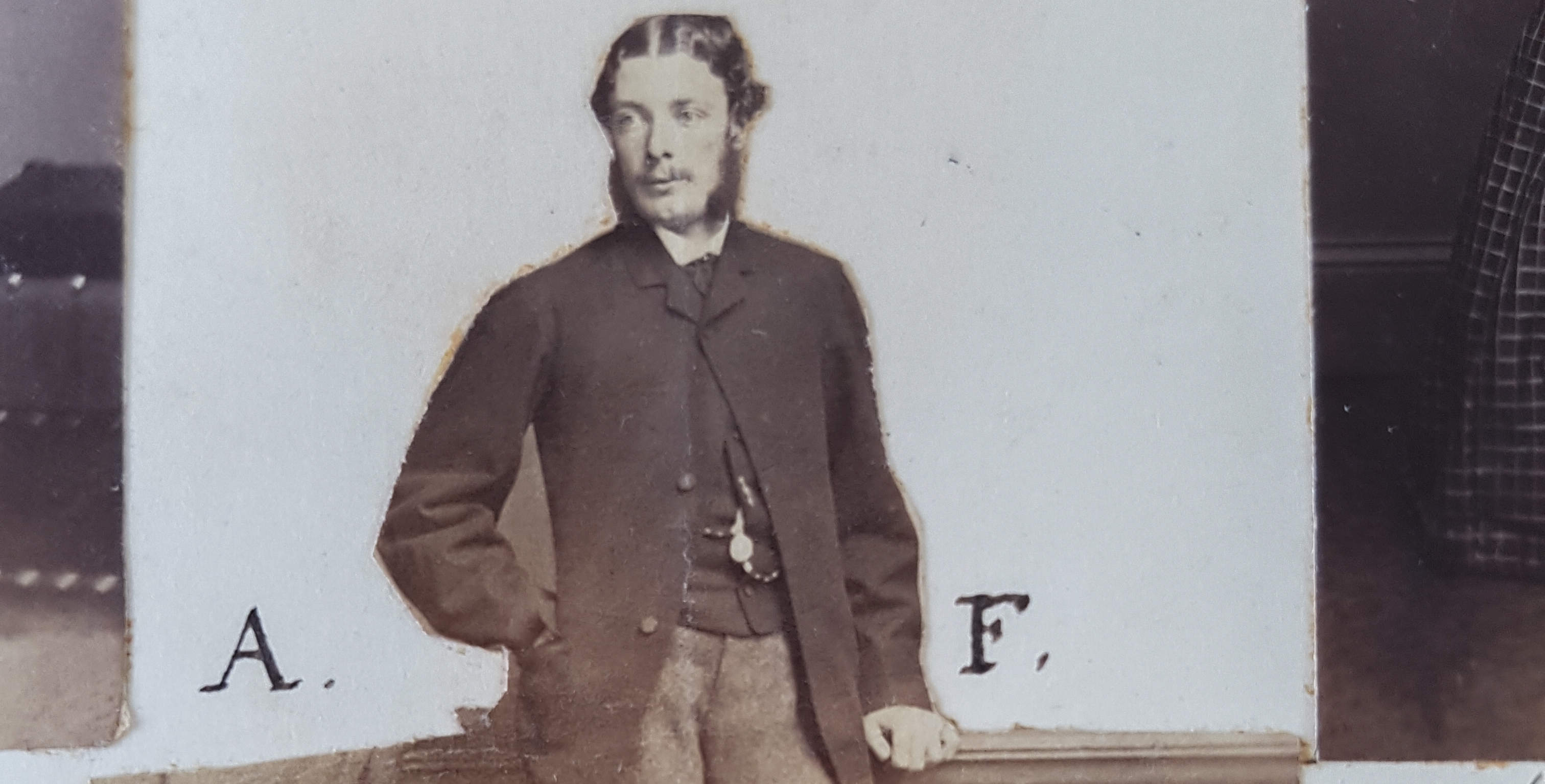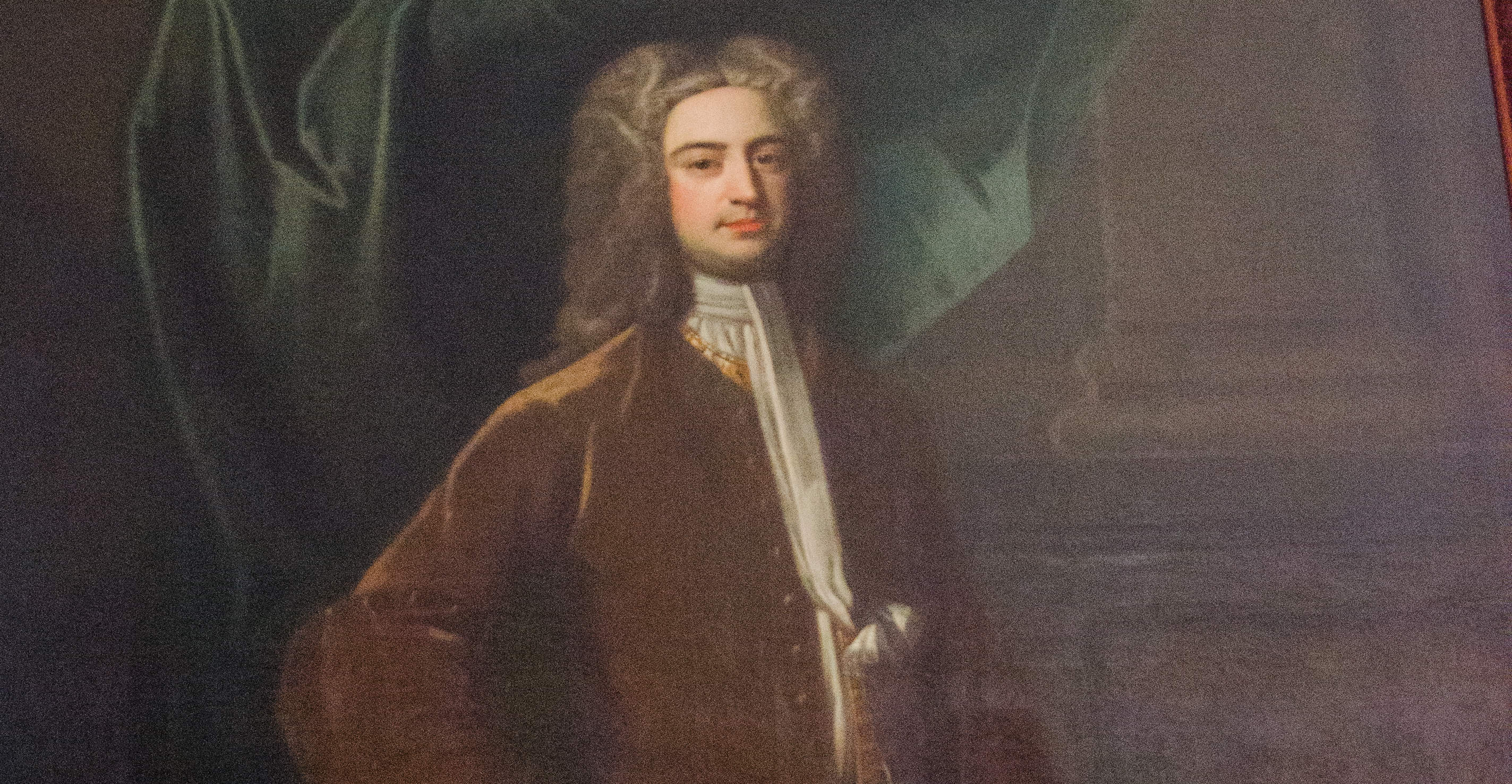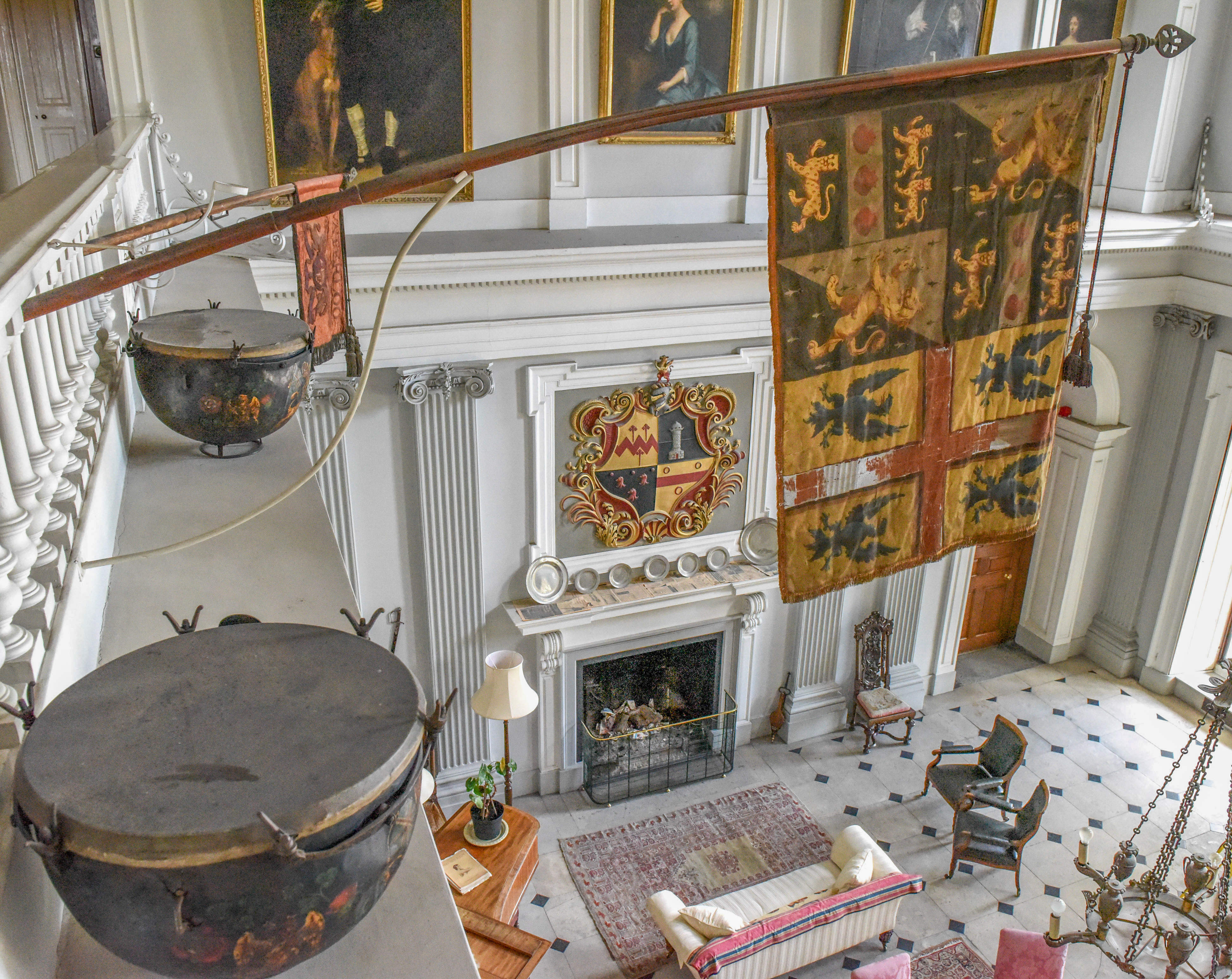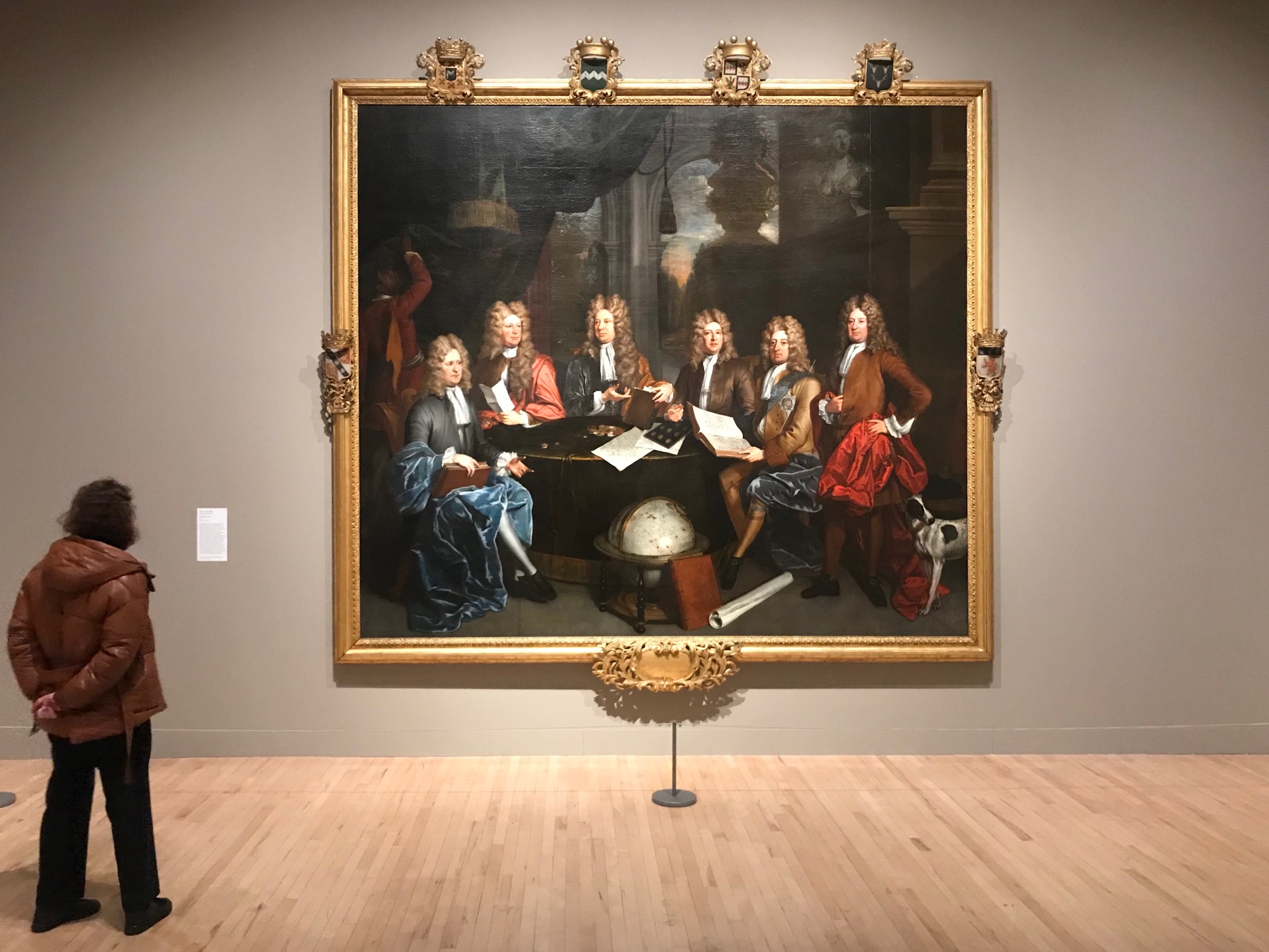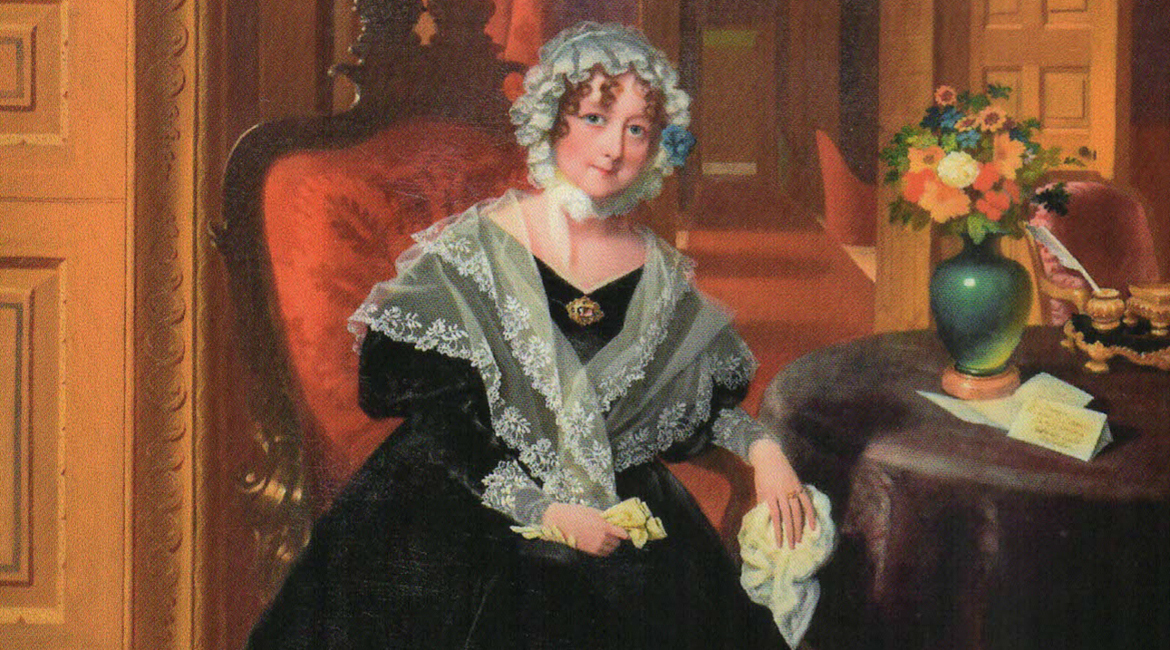What people say about ‘House of Sandys’
‘Splendid
book: I'd like to congratulate you on your work and
the success the book has achieved.’
– Celina Bastos, Museu Nacional de Arte
Antiga, Lisbon
‘This is a fascinating history of a house and its
inhabitants, showing
how it relates to both the local and the national story.’ – Dr Alan Borg, CBE, former director
of the Victoria and Albert Museum, and Librarian of the Order of St John
‘The meticulous research by Martin Davis into the fascinating history of the Sandys family is only matched by the cornucopia of images which accompany and amplify the text. The family portraits are one thing, but so also are the transcripts of family letters, monument and gravestone inscriptions and the many other images which bring the history to life.’ – Harriet Bridgeman CBE, Chairman and Founder, Bridgeman Images
‘Admirably researched, eminently readable and beautifully
presented’ – Christopher Bryant, military historian
‘Yr splendid book… I am now
reading with enormous pleasure. It is magnificent, beautifully
published. Congratulations… Few families have such a fine modern
illustrated history written of them. The Sandys are very lucky.’ – David Campbell,
Publisher, Everyman’s Library
'An
extraordinary and hugely readable work of scholarship; the story of the Sandys
tenure at Ombersley Court over four centuries is a fascinating tale of English
cultural and political history.’ – Jonathan Chenevix-Trench of Madresfield
‘What a mighty undertaking: well done on distilling the
Sandys life in Worcestershire into a book! Our two families have been closely
linked through the 400-odd years that the Sandys were at Ombersley and it is
important that the record is kept for their contribution to Worcestershire and
their extensive connection.’ – Viscount Cobham
‘A scholarly and fascinating account’ – The Marquess of
Downshire
‘Following one family, is a great way to get into the deepest
corners of history via the lives of human beings, from Worcestershire to
Donegal, and Harrow School to Calcutta – the capital of British India – and on
to Lucknow where the Indian Mutiny had taken place – or, as Indians prefer to
call it, The First War of Indian Independence. ‘House of Sandys’ encapsulates
the power, confidence and self-belief of the British, which peaked
in those halcyon days (for some) of the Victorian era. It's a terrific read, and you learn so much from it.’ – Jamila Gavin MBE
‘What Martin has done in this volume is to open up the incredibly diverse and interesting world of the Sandys Family and show what can be achieved with local archives, given the researcher’s curiosity, skill and ability to tell a good story.’ – Dr Adrian Gregson RMARA, Worcestershire County and Worcester Diocesan Archivist‘What a beautiful book! It is as much a pleasure to hold and
behold as it is to read. How Jane Austen would have revelled in this spirited account
of the Sandys family through the centuries, not least the unforgettable Lady
Downshire, friend of the Prince Regent, enemy of Castlereagh, whose haughty
dismissal of her future daughter-in-law, Austen’s niece: No money, all
charms! is certainly worthy of Lady Catherine de Bourgh herself.’ – Dr Sophia
Hillan, author of ‘May, Lou & Cass, Jane Austen’s nieces in Ireland’
‘A delightful account, skilfully understating its
scholarship, of one family's long-term contributions to English public and
local life, from Queen Mary 's religious persecution via Edgehill, Waterloo and
Cambrai to the Government front bench and the Turfed Out Peers Society.’ – Lord
Hughes of Ombersley
‘Martin Davis quotes the 6th Baron Sandys as saying that
Ombersley Court is, Rather a dilapidated house, nevertheless retaining a
cachet that all the Rothschild wealth could not bestow upon it. Martin’s
work is far from dilapidated, but is as deserving of a cachet as Ombersley
Court itself: this compilation is a meticulous and detailed reconstruction of a
family history over four centuries, illustrated with fascinating photographs of
people, places and documents that give insights, not just into the Sandys family,
but into the changing times in which successive generations lived.’ – John
Inge, Bishop of Worcester
'Among the many gems in this engaging collection of archival
fragments are colourful accounts of diplomatic life in a war-ravaged Spain, and
in Paris, Lisbon and Rio de Janeiro, in the years that followed the Congress of
Vienna.' – Peter Jenkins, retired diplomat
‘Martin Davis’s 'House of Sandys' chronicles the changing fortunes of a surprisingly little-known country house, Ombersley Court in Worcestershire, over four centuries. Mining the family archives, he gives us a fascinating portrait of the activities of its owners and their dependants, encompassing both grand national events and the petty, but no less absorbing, minutiae of their daily lives.’ – Tim Knox, Director of The Royal Collection
‘This book is a wonderful evocation of Ombersley Court and its immediate landscape in its heyday, as created and lived in by different generations of the Sandys family, both brought to life by plundering the archives.’ – Richard Lockett, author of 'A Survey of Historic Parks and Gardens in Worcestershire'
'This well-written and most interestingly illustrated book is
as relevant to an Irish readership as it is to an English: from 1836, the Lords
Sandys of Ombersley (of the second creation) were all Hills of Hillsborough,
Co. Down, the descendants in a cadet line of Arthur Hill, 2nd Marquess of
Downshire, and his wife, Mary, the Sandys heiress and the bearer in her own
right of a new barony of Sandys; and from the 1780s to the 1860s, the book
contains important new insights into the personalities, politics and finances
of one of Ireland's most important families, the Marquesses of Downshire.' – Dr
A.P.W. Malcomson, historian of the Anglo-Irish ascendancy
‘A fine and absorbing account of the Lords and Ladies Sandys, researched from the family archives at Ombersley Court’ – Charles Noble,
Emeritus Curator of Fine Art, Devonshire Collections, Chatsworth
‘Centuries of English life lie in the archives of the Sandys
and Hill families of Ombersley: there is county life, Anglo-Irish life in
Ireland, parliament and high society in London, military and diplomatic life
abroad. The family wrote excellent letters, memorably from the battlefields of
the Napoleonic and First World Wars. Martin Davis brings the stories together
skilfully, the background elegantly sketched, enhanced by illustrations from
the collections recently dispersed.’ – Julian Orbach, author in architectural
history
‘The story of
a consistently magnanimous family seen over the ages (from first to second
Elizabethan), its Englishness and Irishness influenced at one important point
by the Scottish Enlightenment, of which I have a special interest in view of my
connection with James, William and John Playfair.’ – John Playfair
‘Martin paints a vivid portrait of an unusual English family.
The Ombersley bunch were quite odd compared to us steady Cumbrians!’ – Myles
Sandys of Graythwaite Hall
'I am deeply impressed in every way,
by your thorough historical research, the flow of the narrative, and of course
the superb illustrations. I feel you have not only brought the late Lord Sandys…
into much sharper focus, no easy task as he was such a shy, diffident and
private man. But this also applies to the house, which to most of us has also
been equally shy and retiring, with for many no real clue as to its riches
behind the austere facade. I think I got my first clue when as a teenager I
bought an old 'Country Life' book about English houses and there, amongst much
better-known stately piles, was the Chinese Room illustrated. I was astonished.
I think we all owe you a great debt of gratitude because this book has truly
retrieved Ombersley Court and its family for posterity, in a way that just
wasn’t possible with the sad conclusion of the sale of the house and dispersal
of the contents… But thanks to you we have a proper visual and historical
record of the house which is far superior to most books on great houses… and
one which makes up, to some extent, for the failure to secure the Court in its
complete state for the future… I love the way you connect the Sandys family
with national history, and you bring out the humour and eccentricities too of
dynasties such as theirs. There is humour as well as aristocratic pathos and
melancholy in those final years at the Court… It seems to me to be a model of
its kind, and deserving of very wide notice, because it reveals so much, at
last, about a significant house and family that has, as I say, been largely
hidden to us. Above all it is such a touching book, an obvious labour of love.
Perhaps a cheaper paperback with wider circulation will be available one day?' –
David Whiting, Art Critic, Writer and Curator
- - -
During their respective lifetimes, the 6th and 7th Baron Sandys consigned much early archive material from their family home, Ombersley Court to Worcestershire Record Office: it is available for inspection at The Hive, Worcester.
Following the 7th Baron’s death in 2013, the residual archive from The Court has also been transferred to The Hive.
For details of a set of individual publications, upon which 'House of Sandys' is based, click on the images below.

